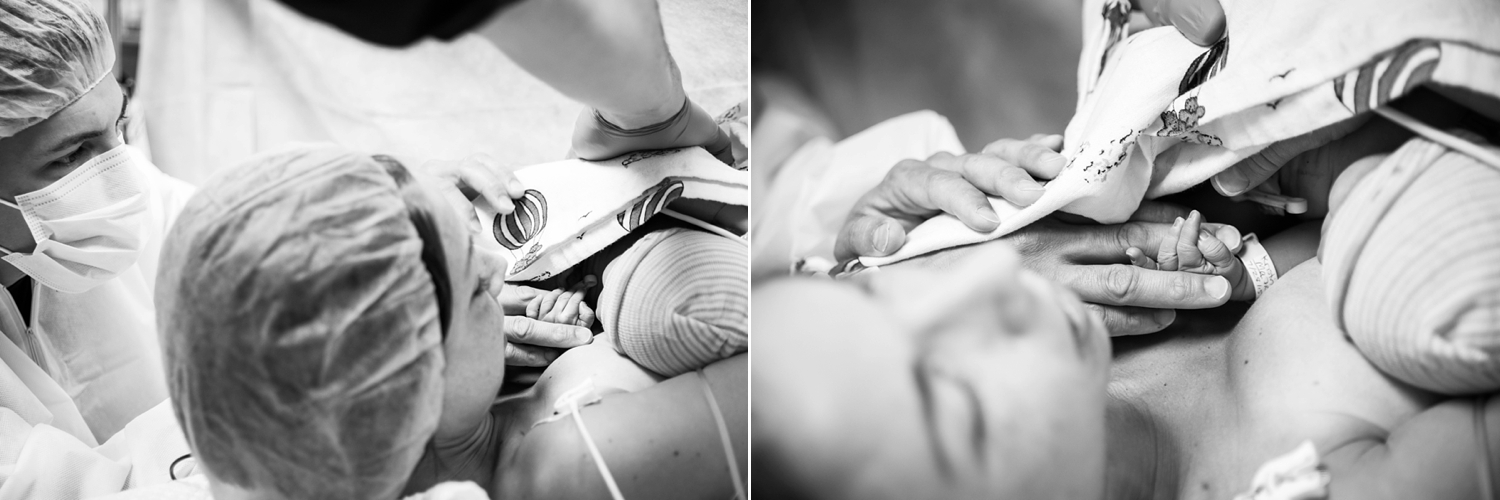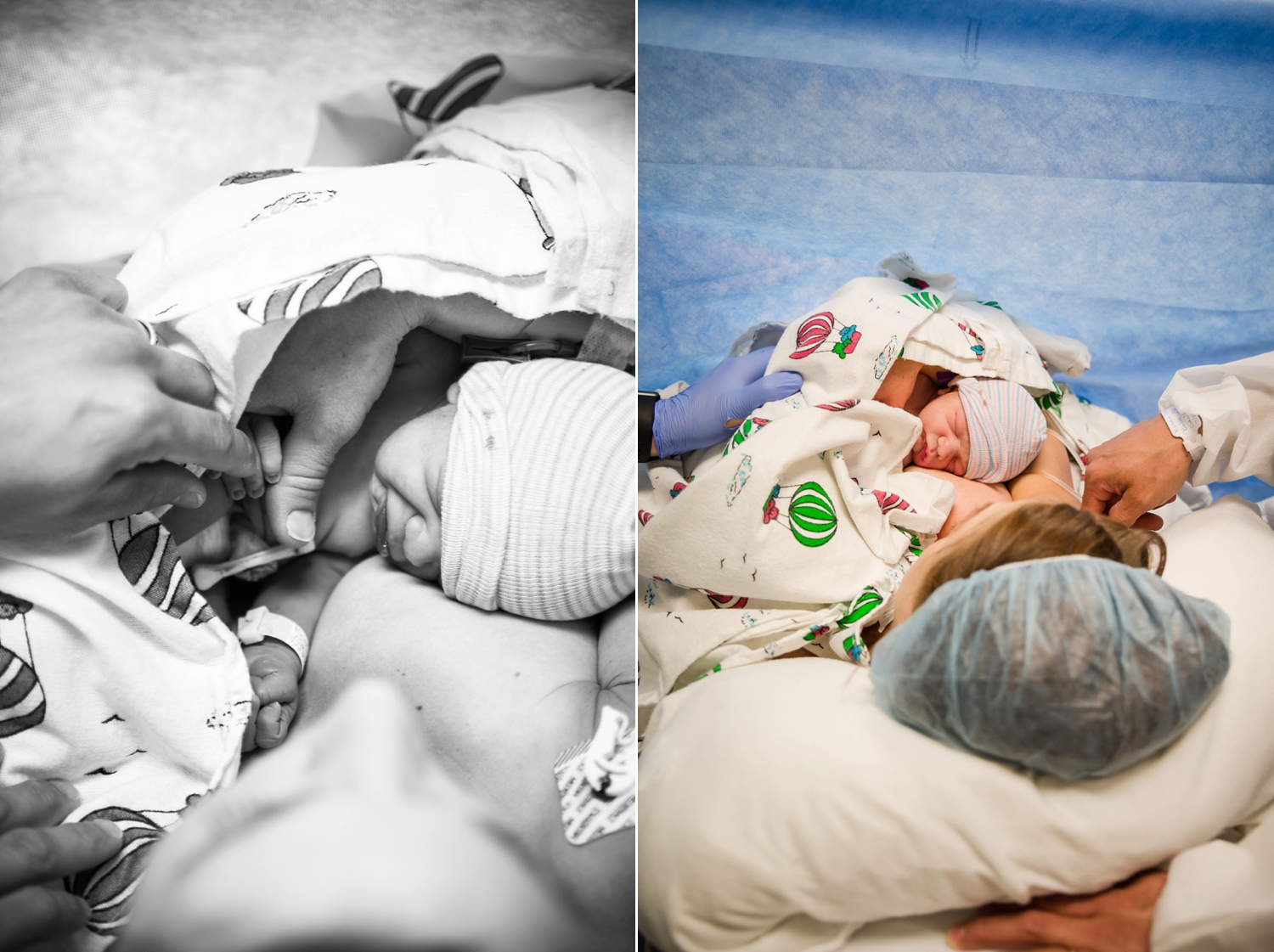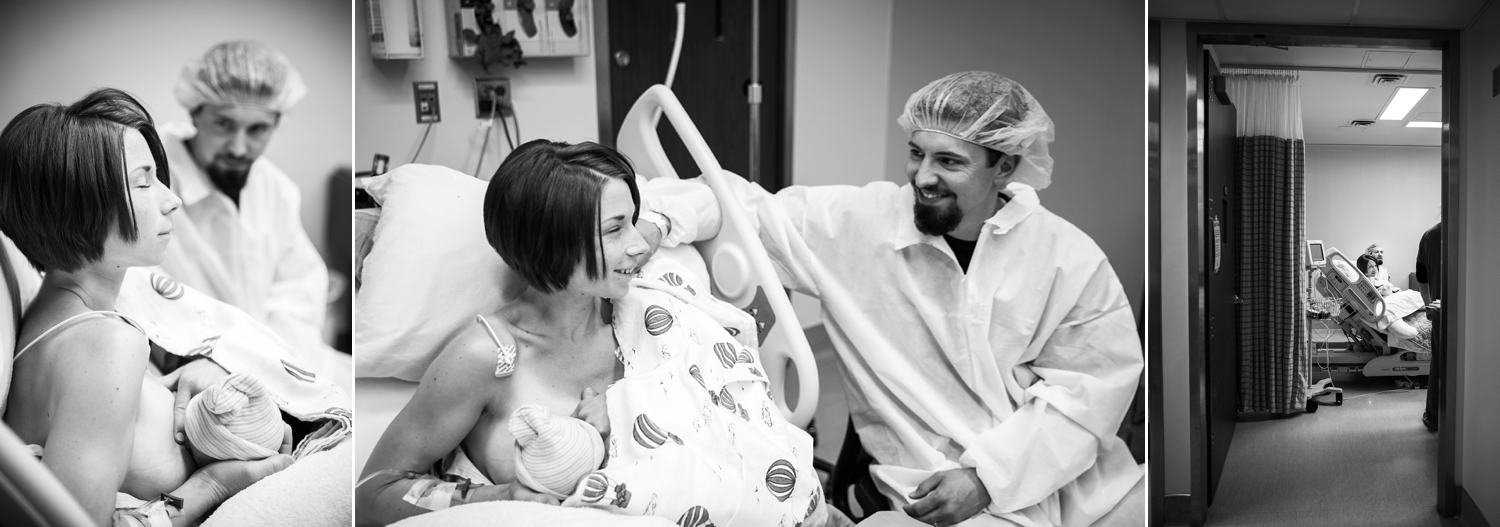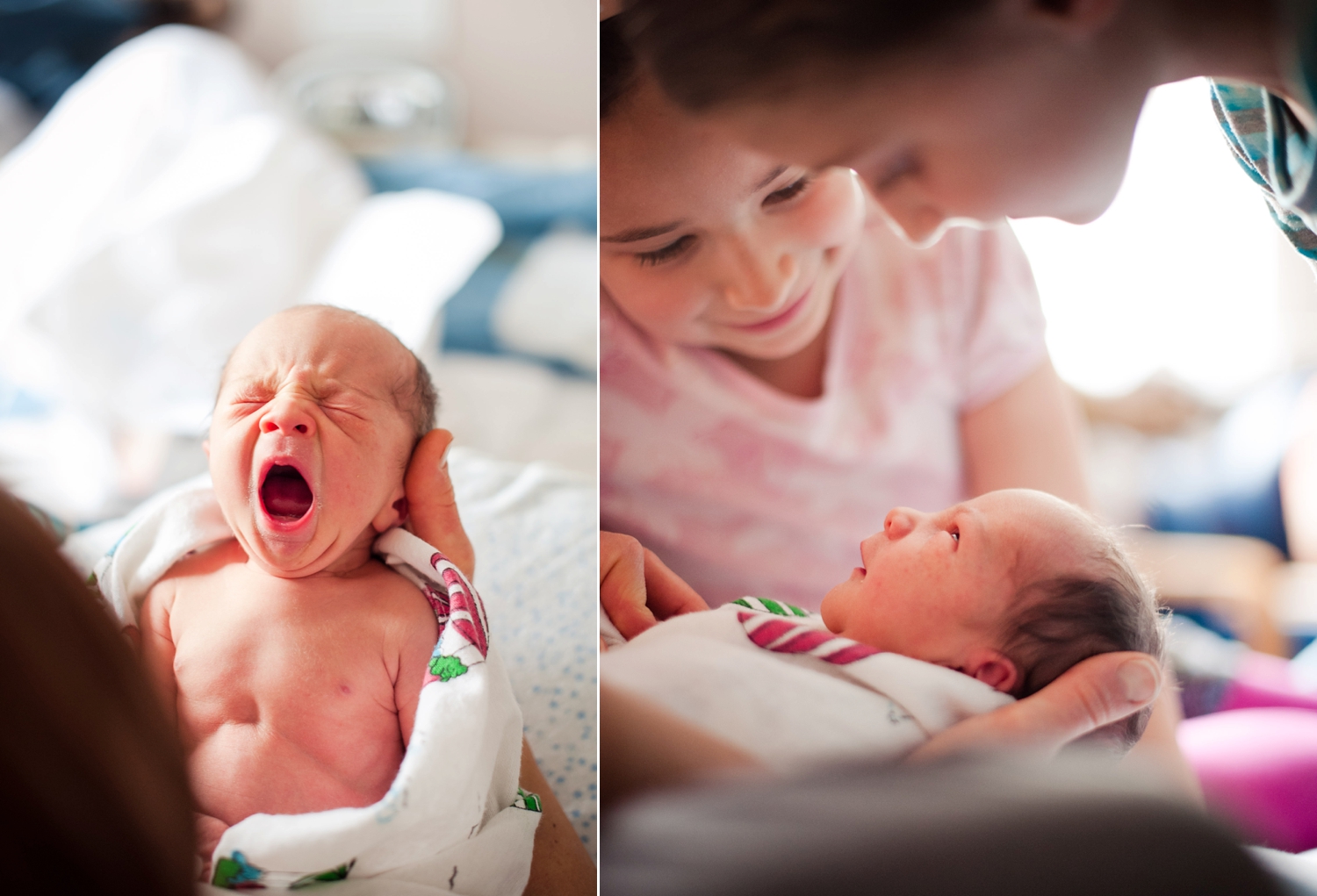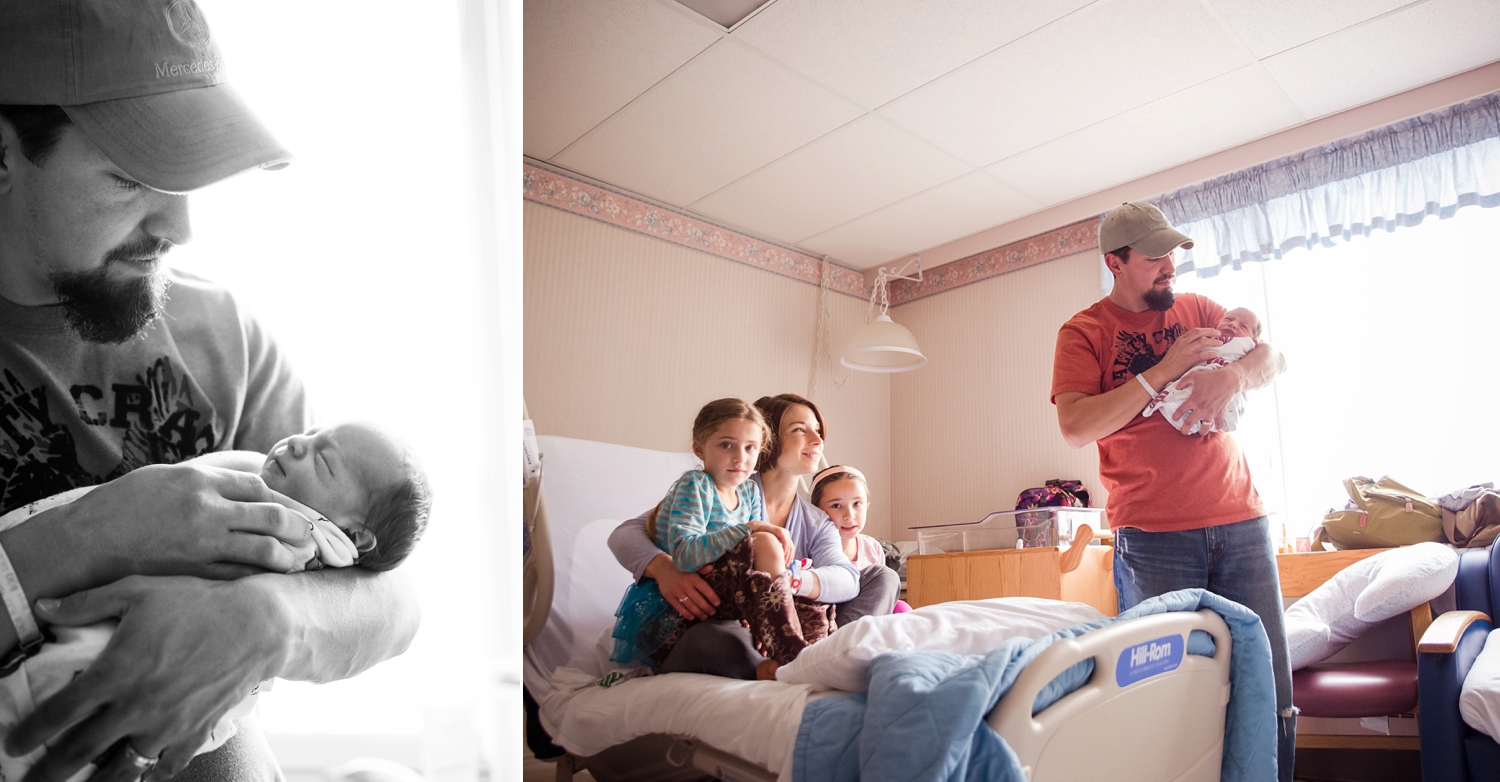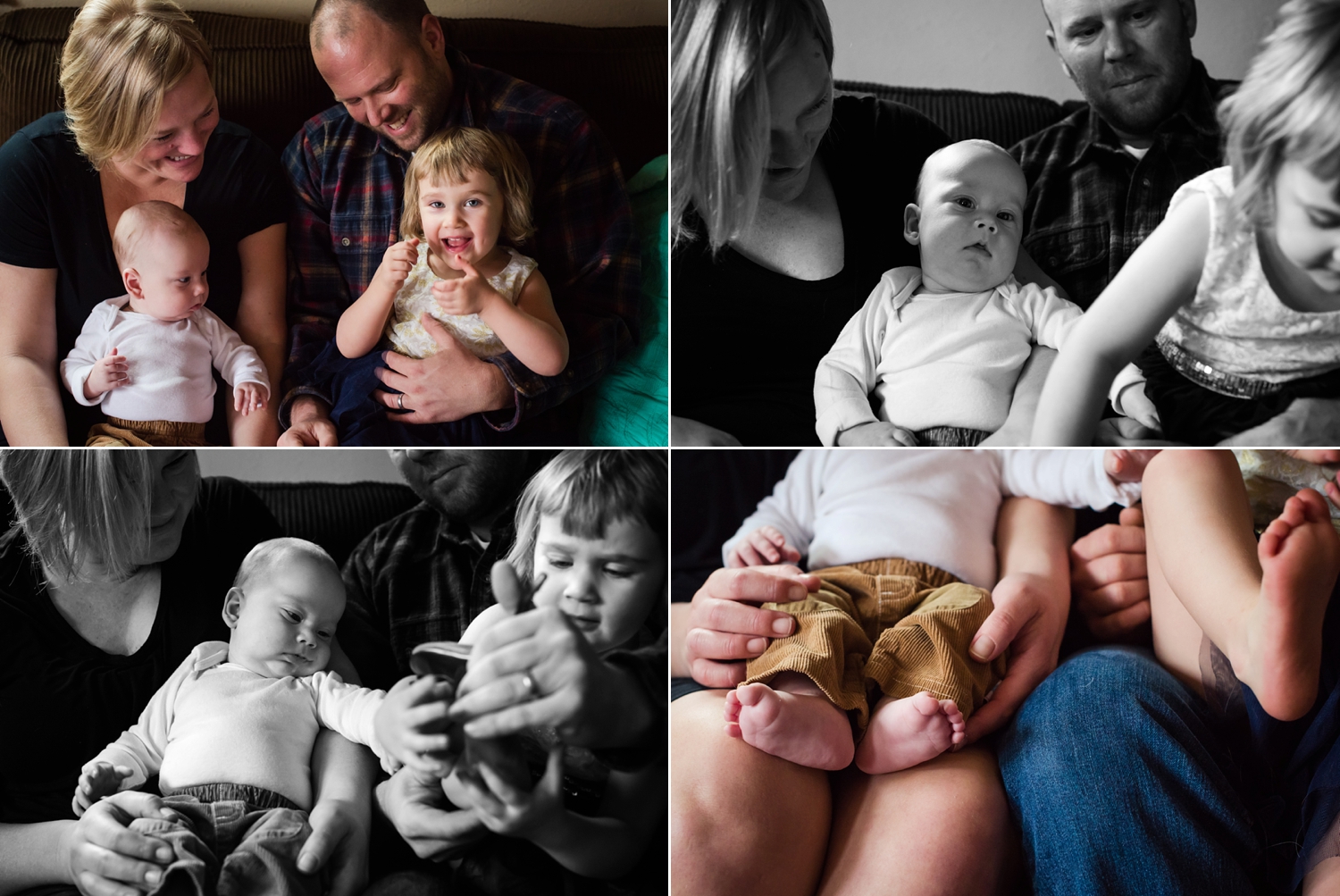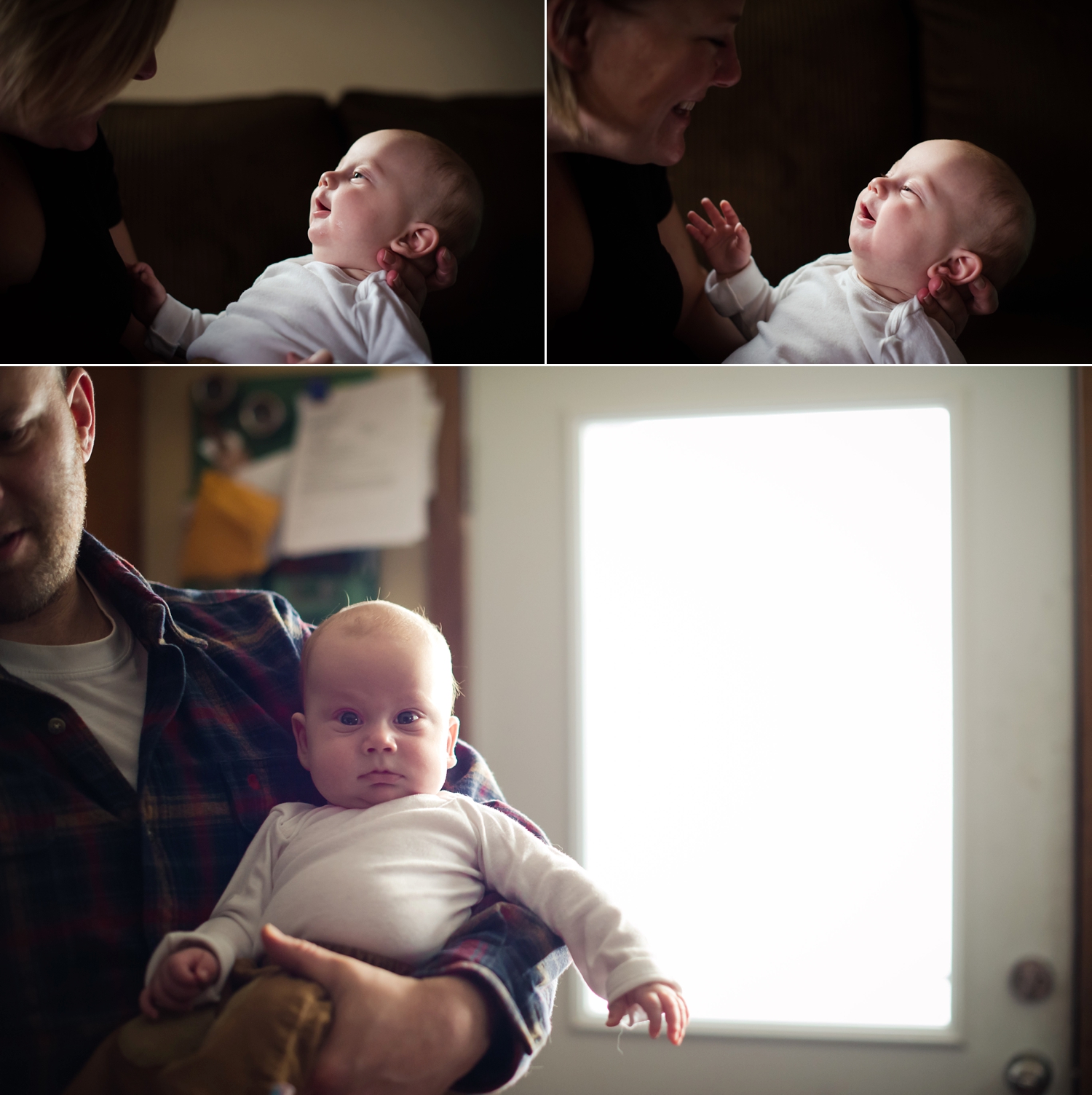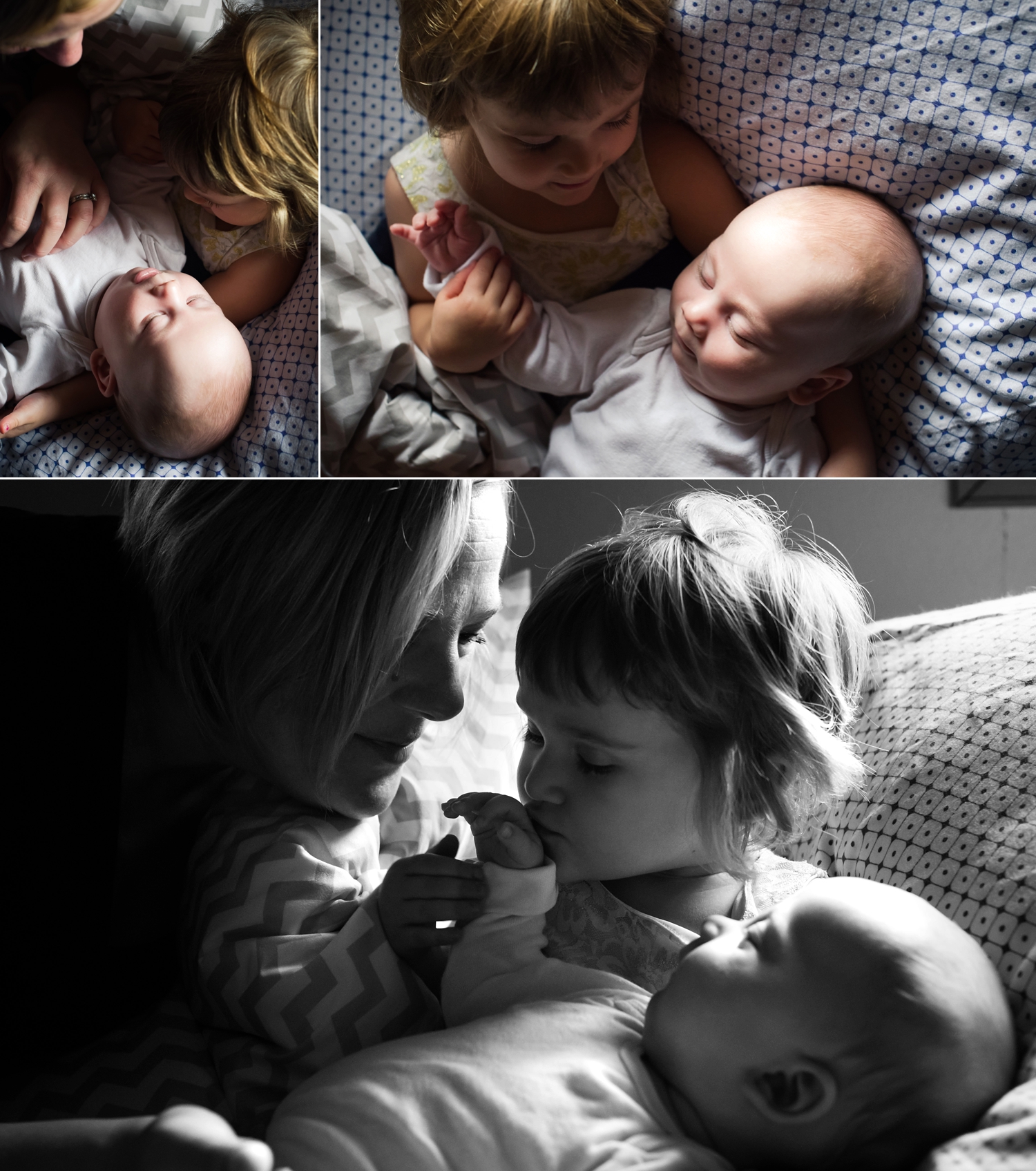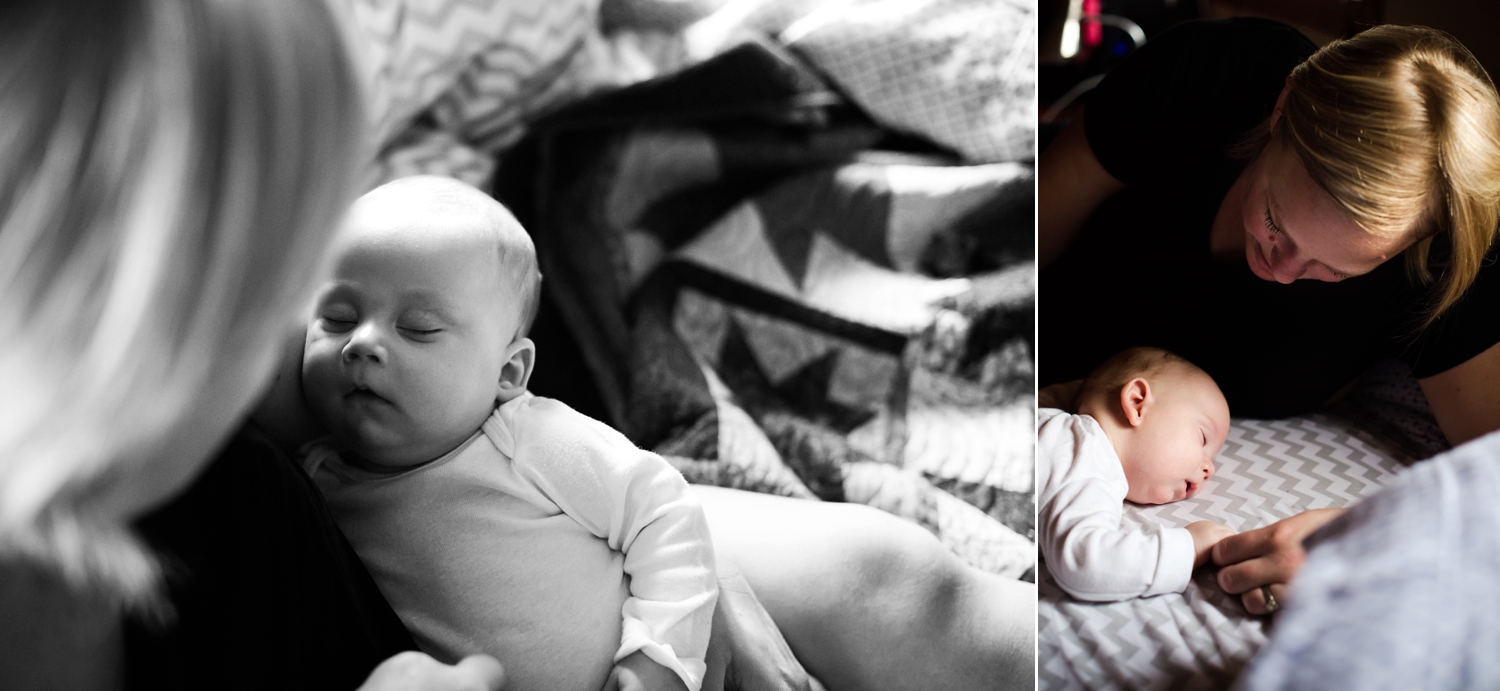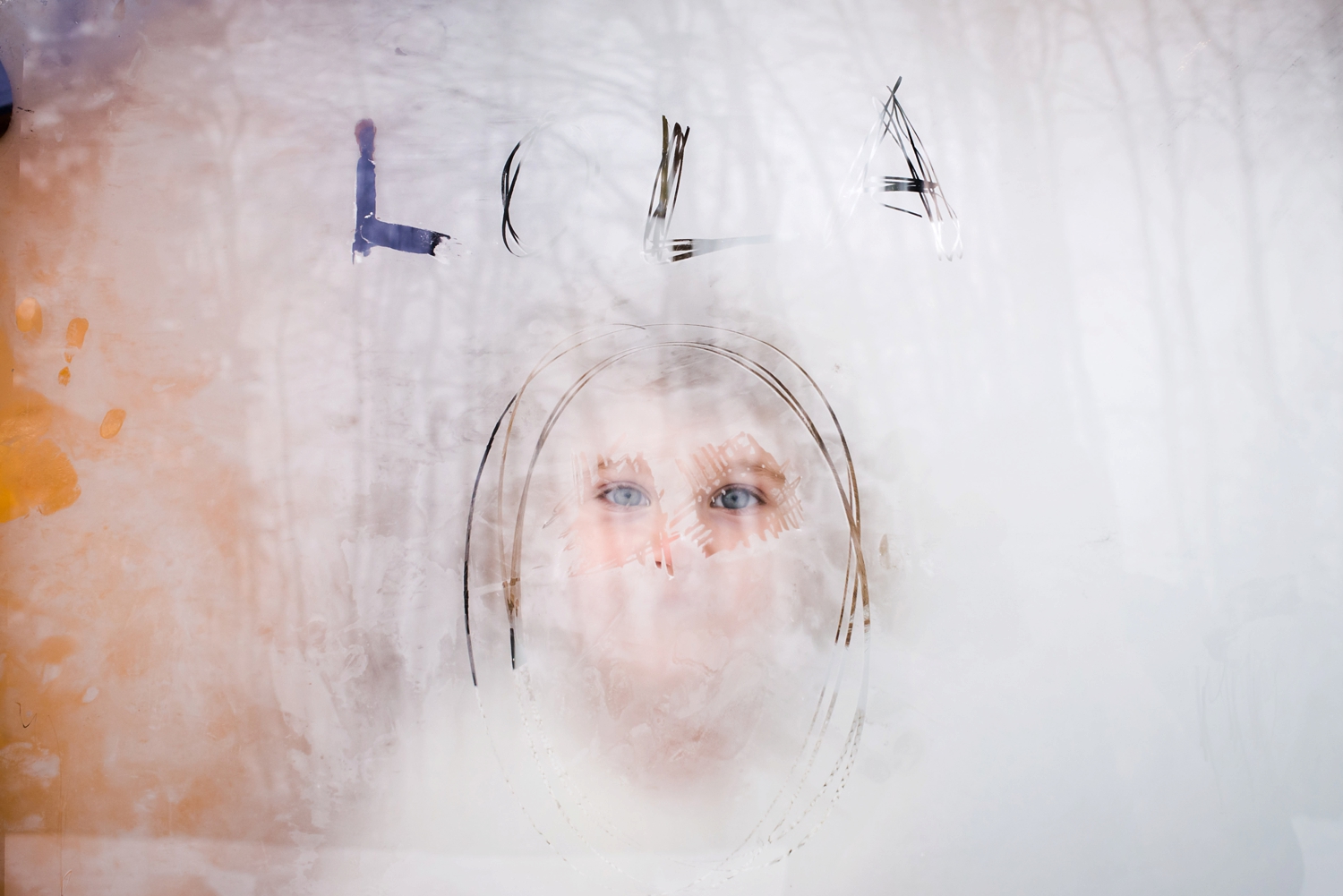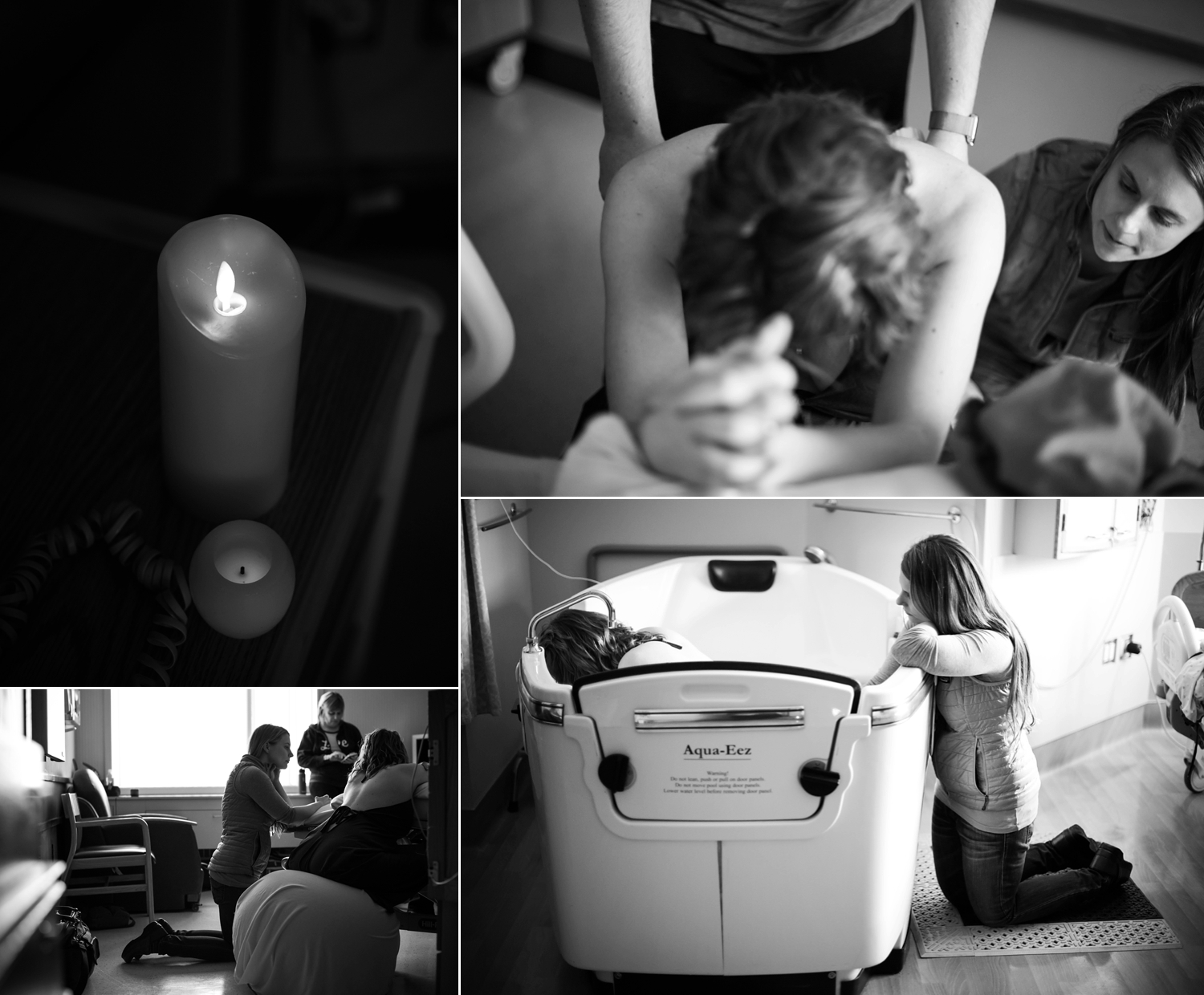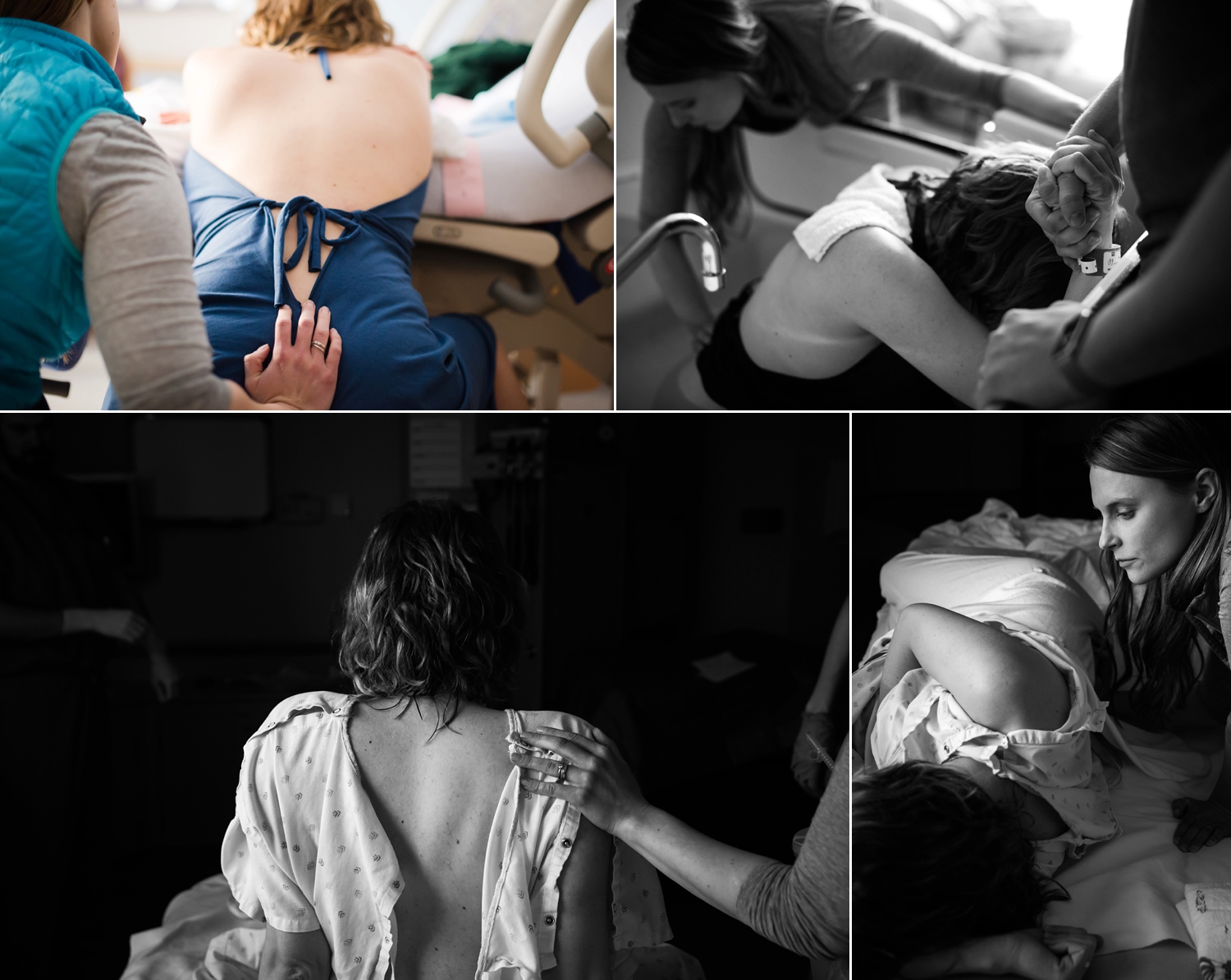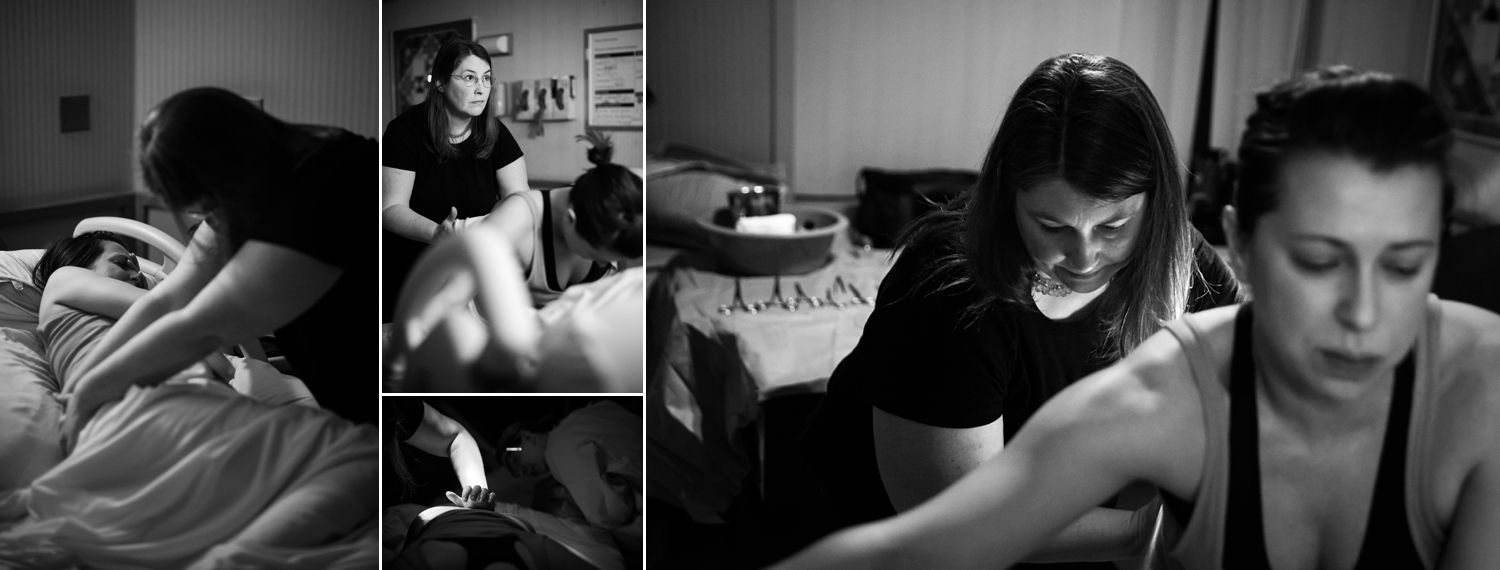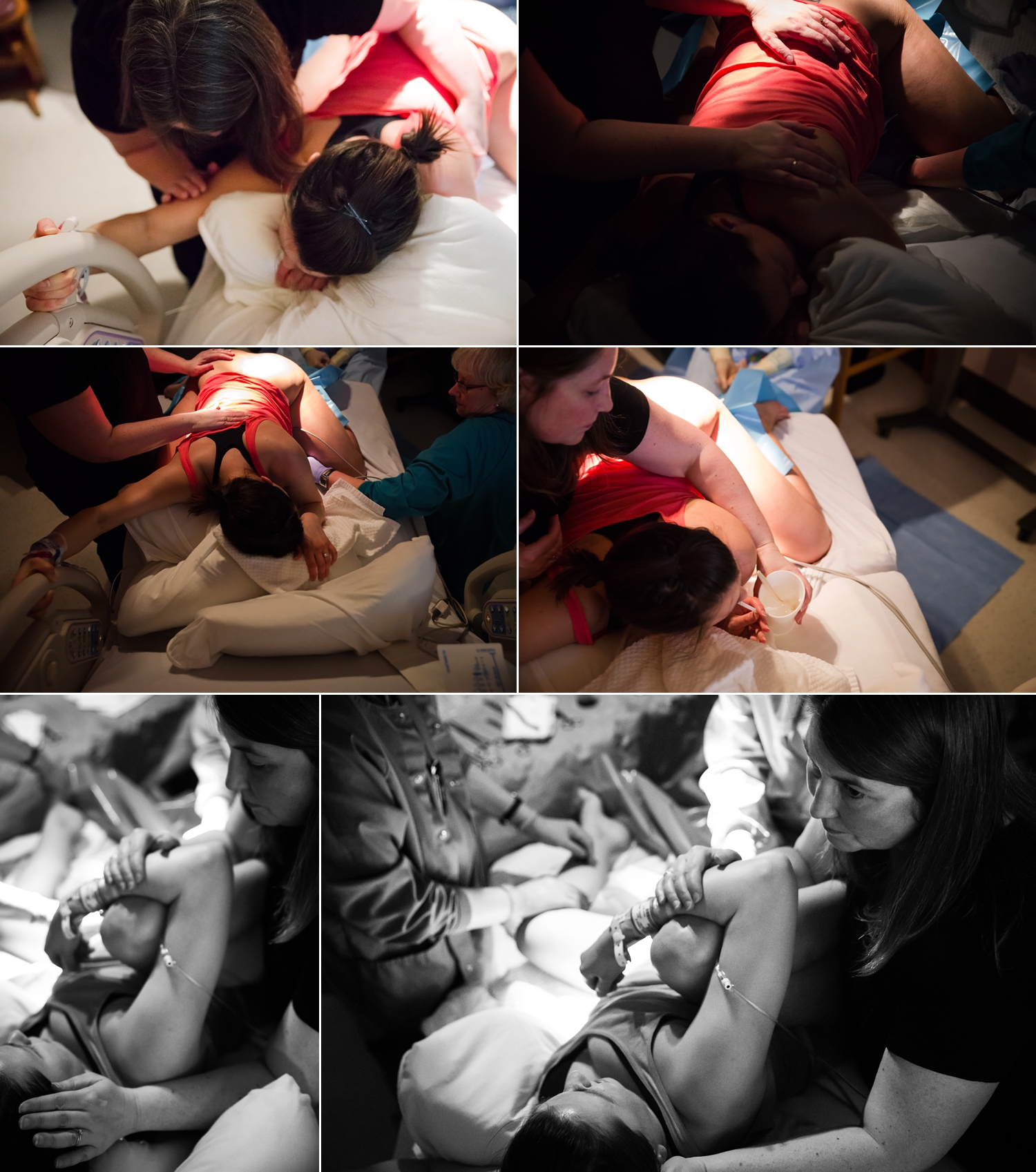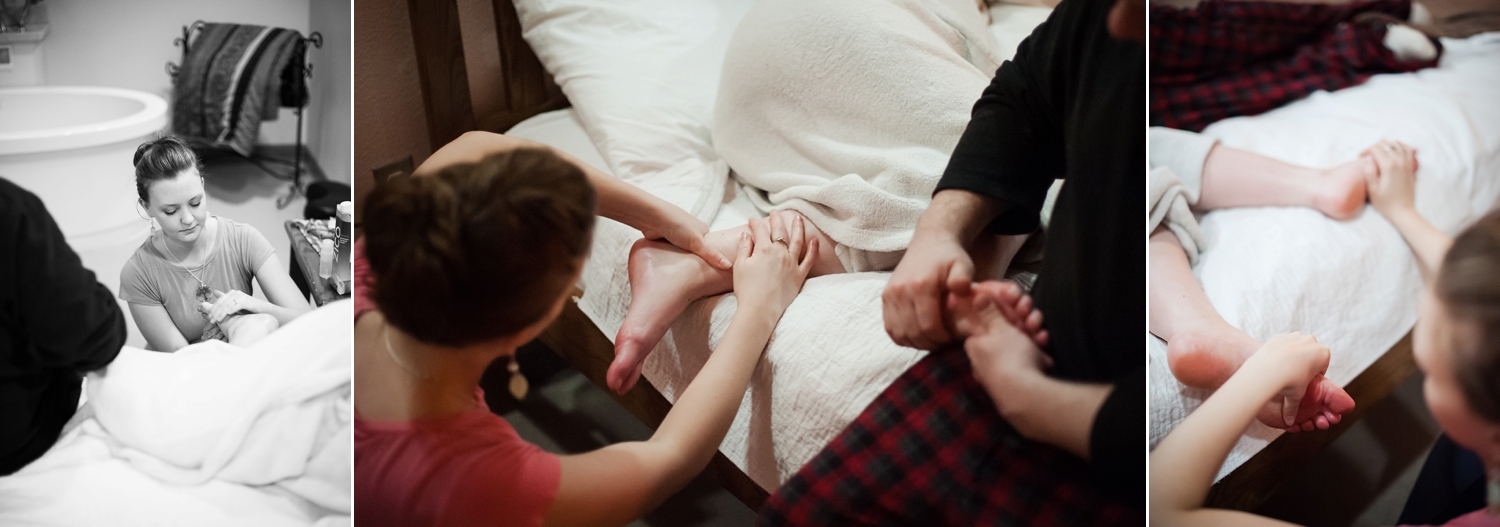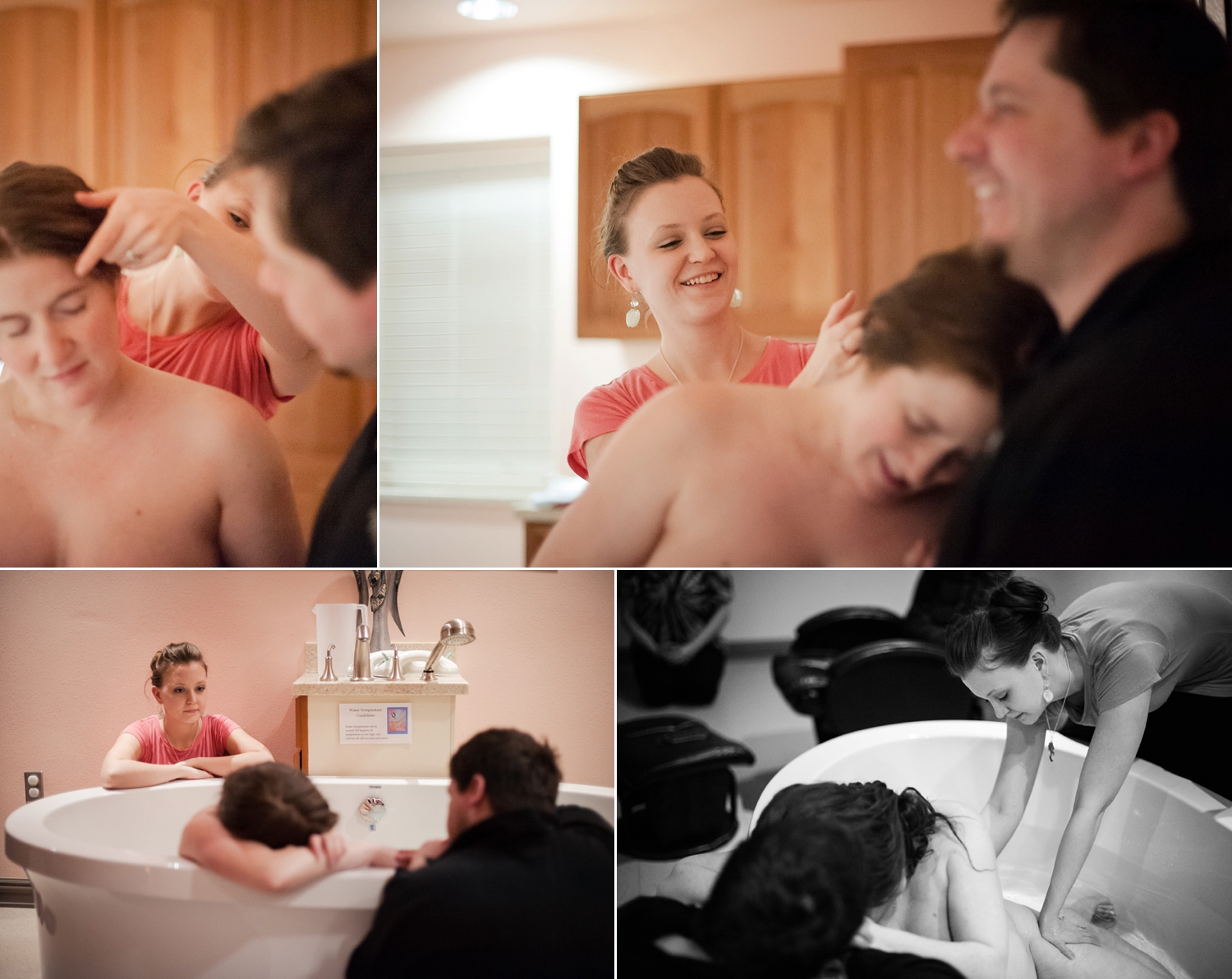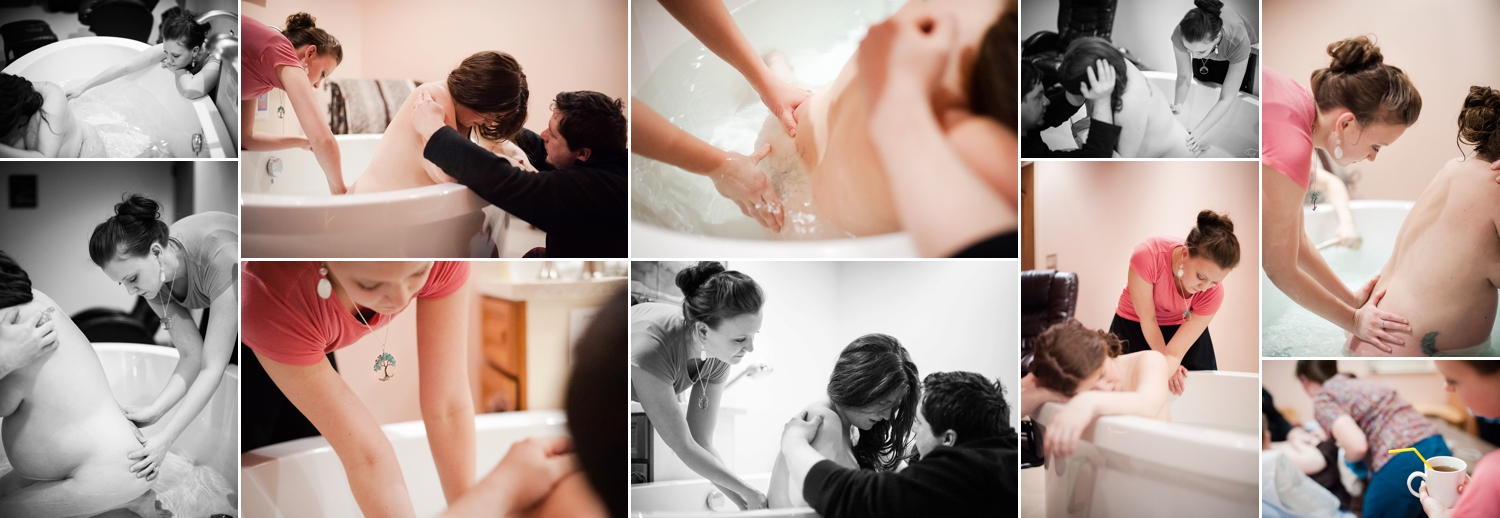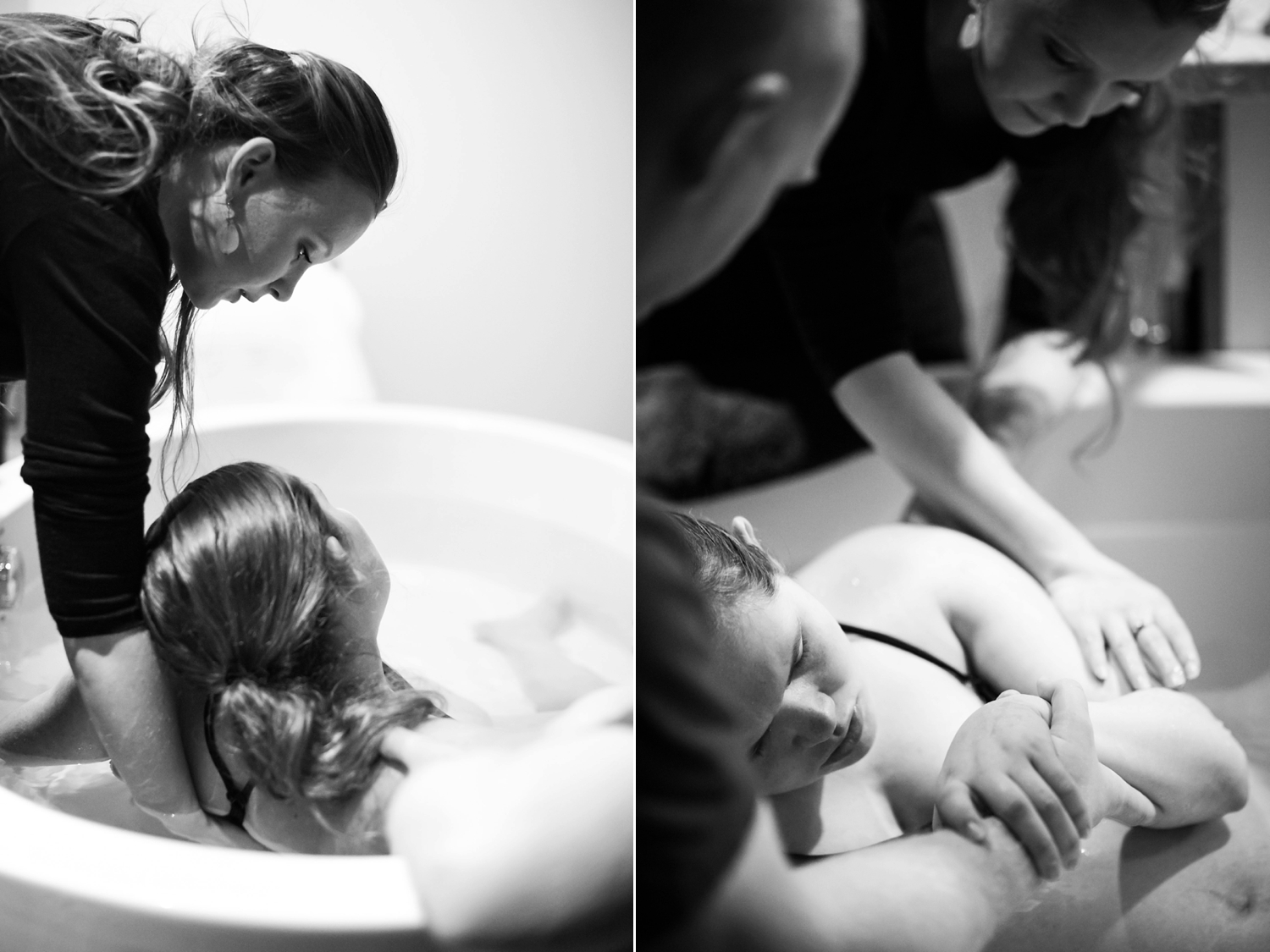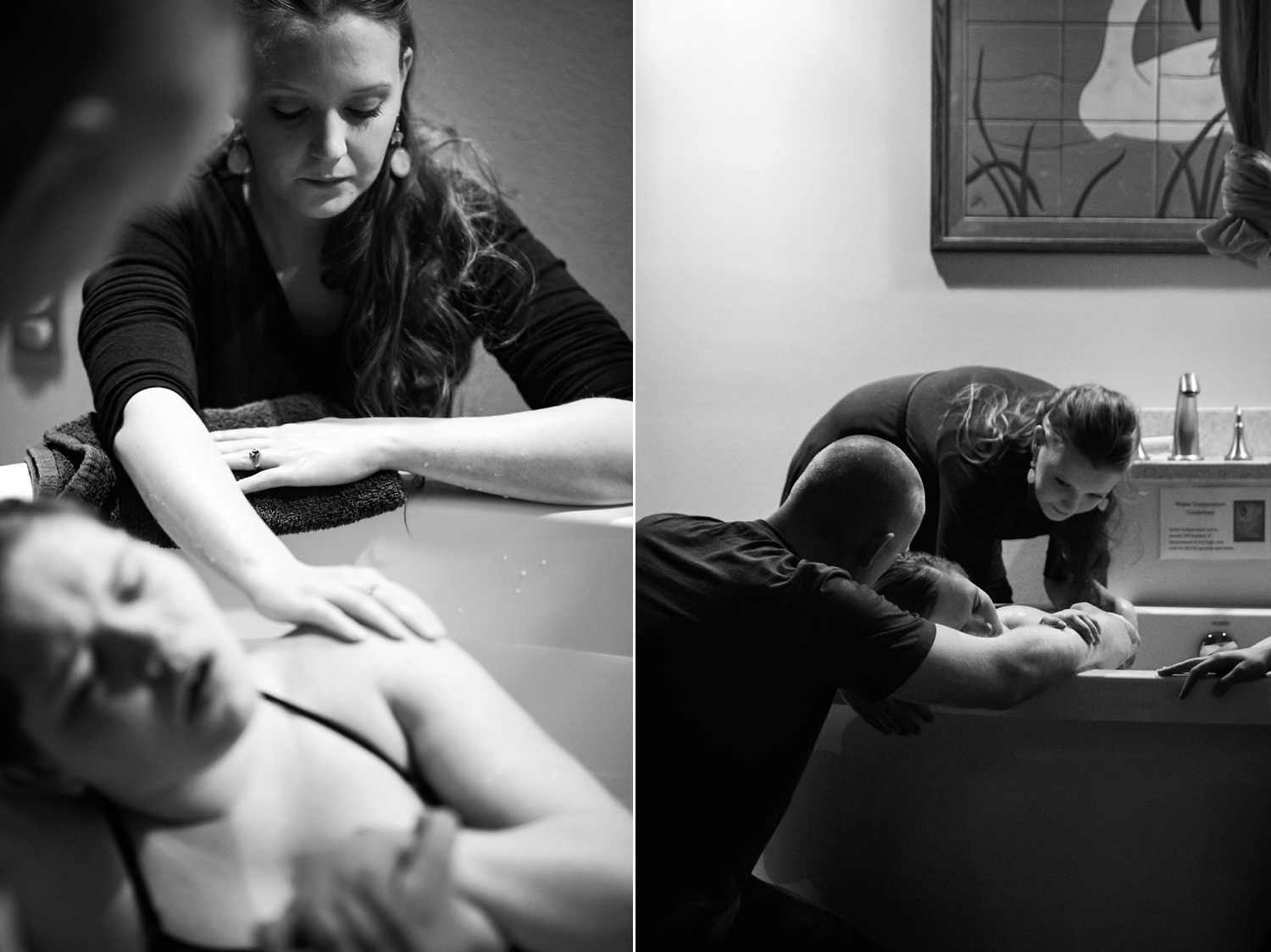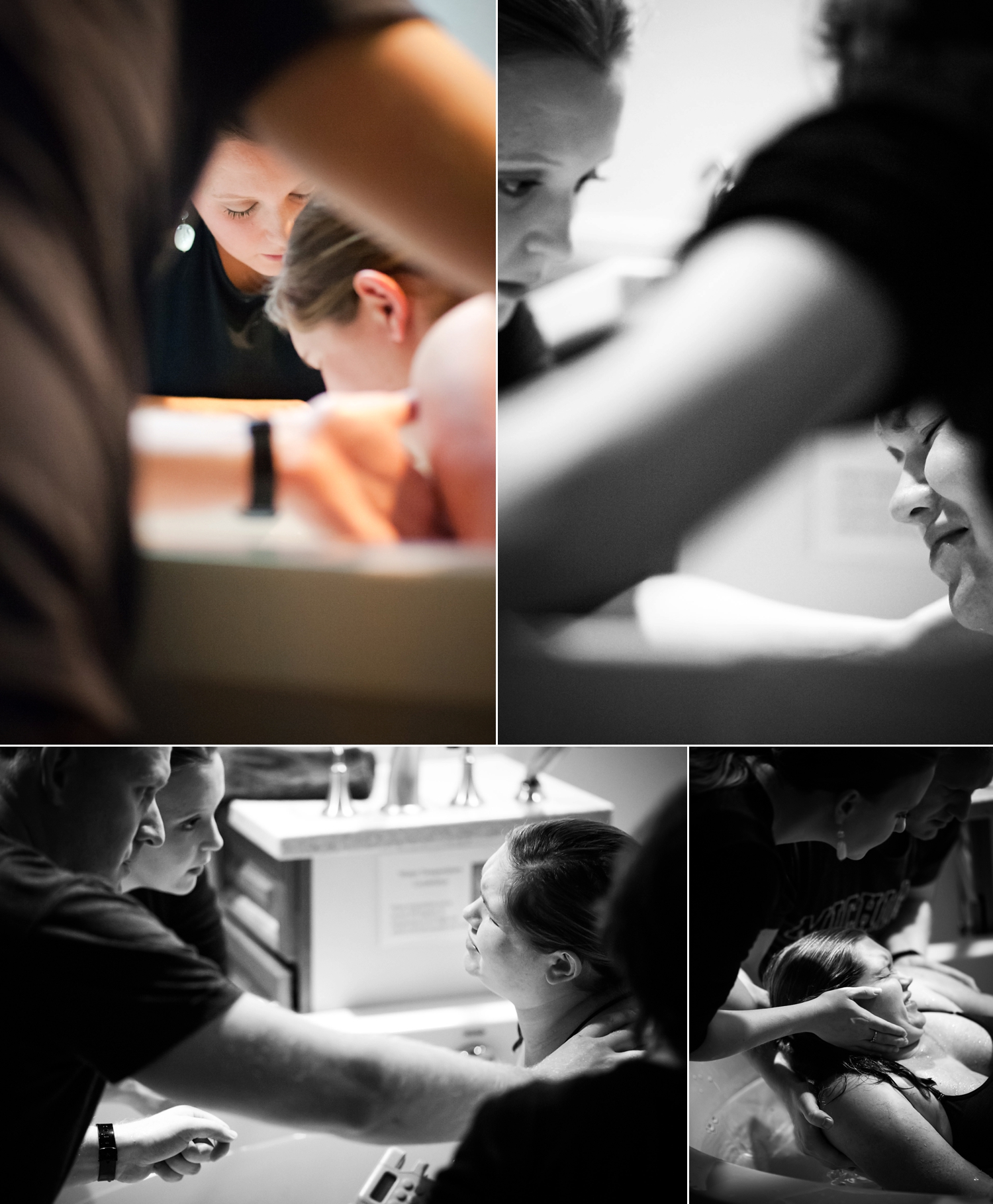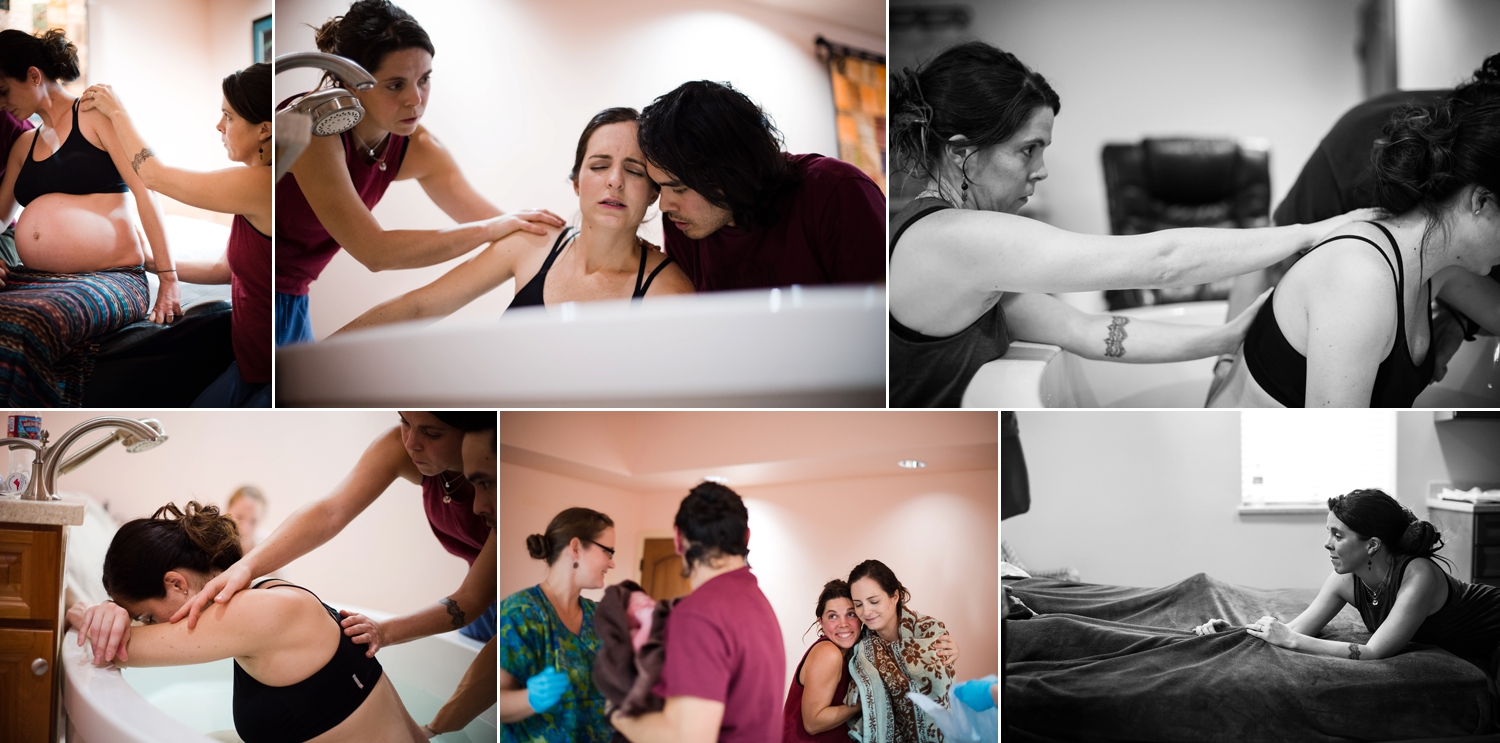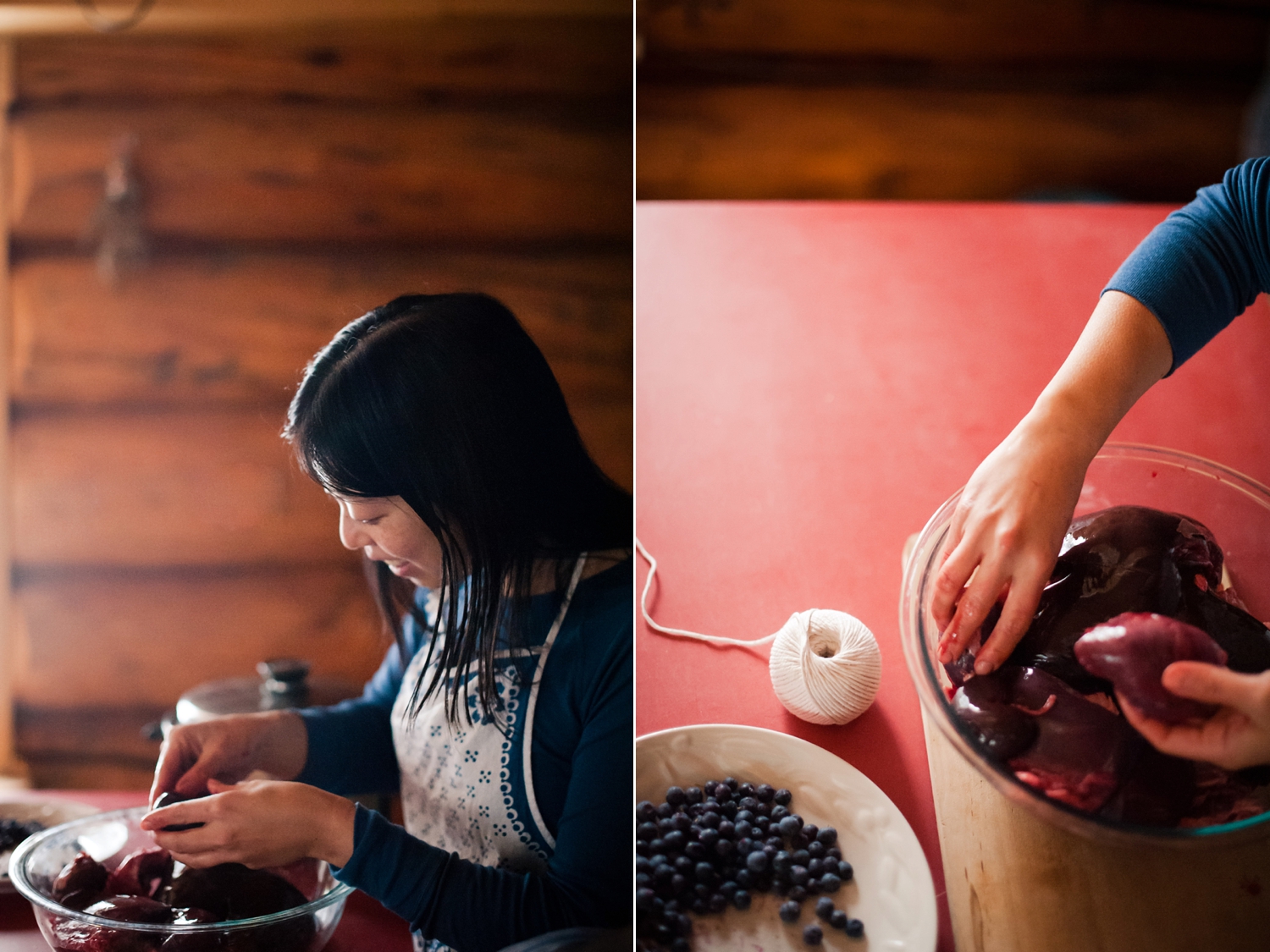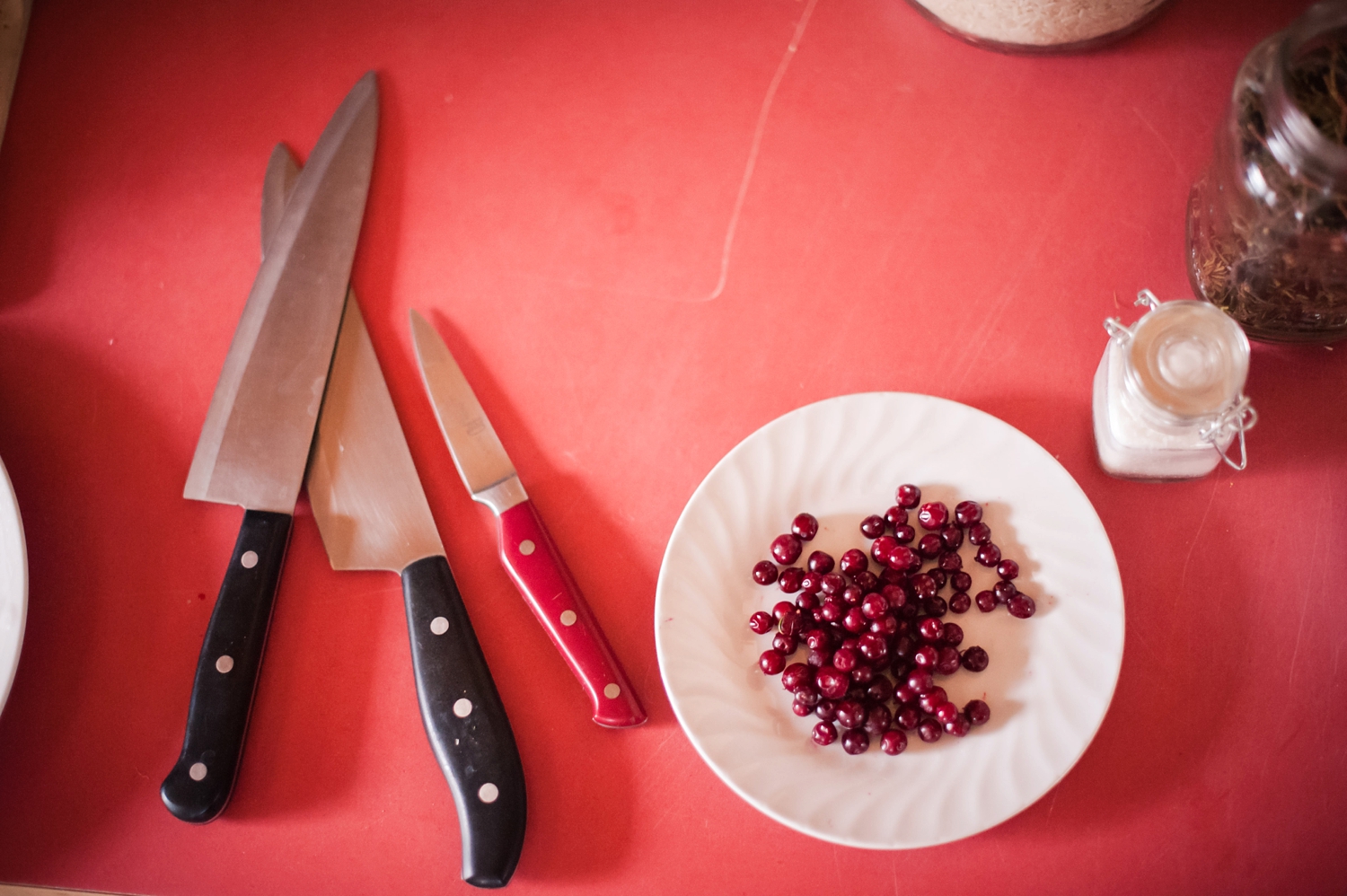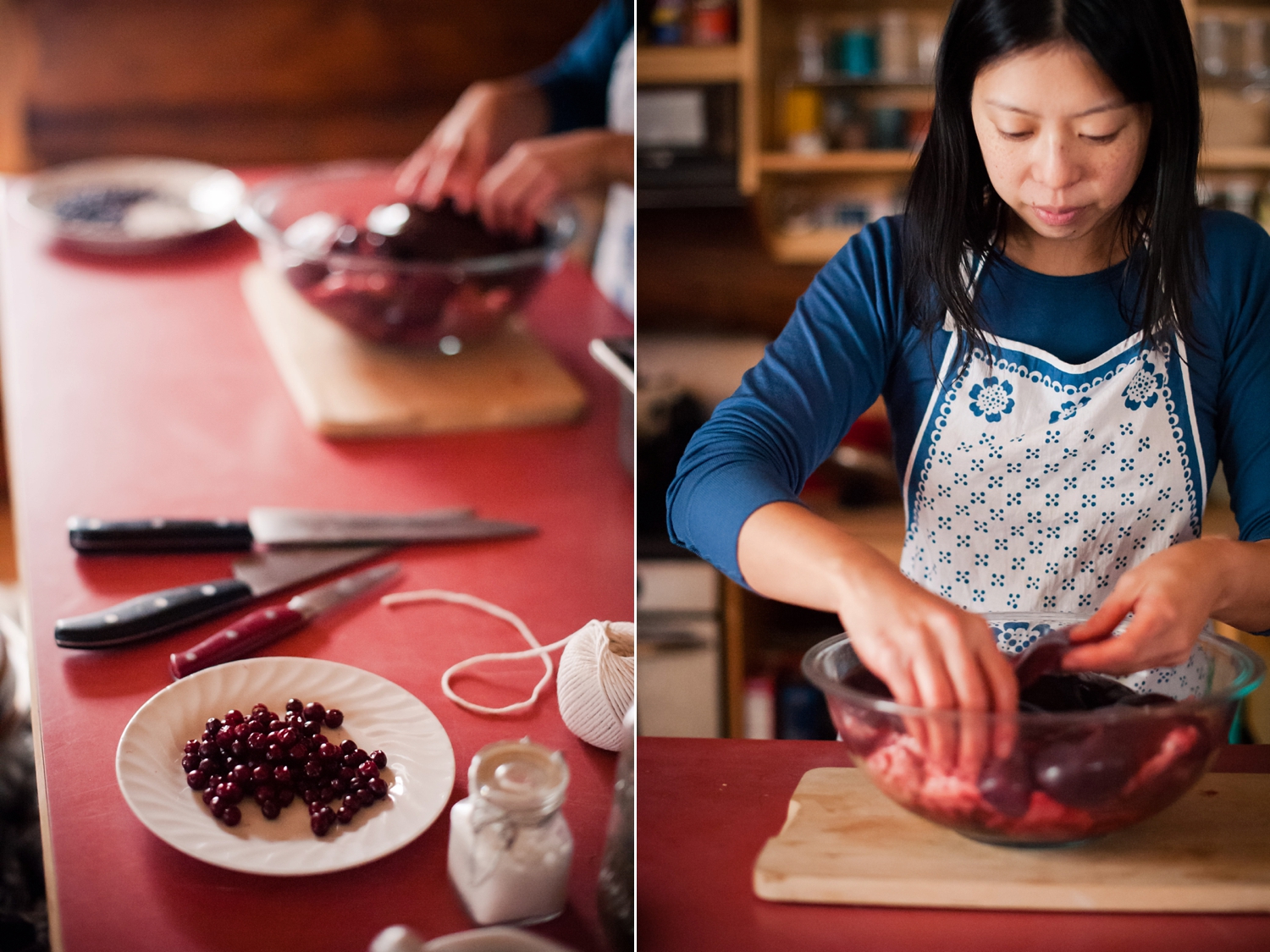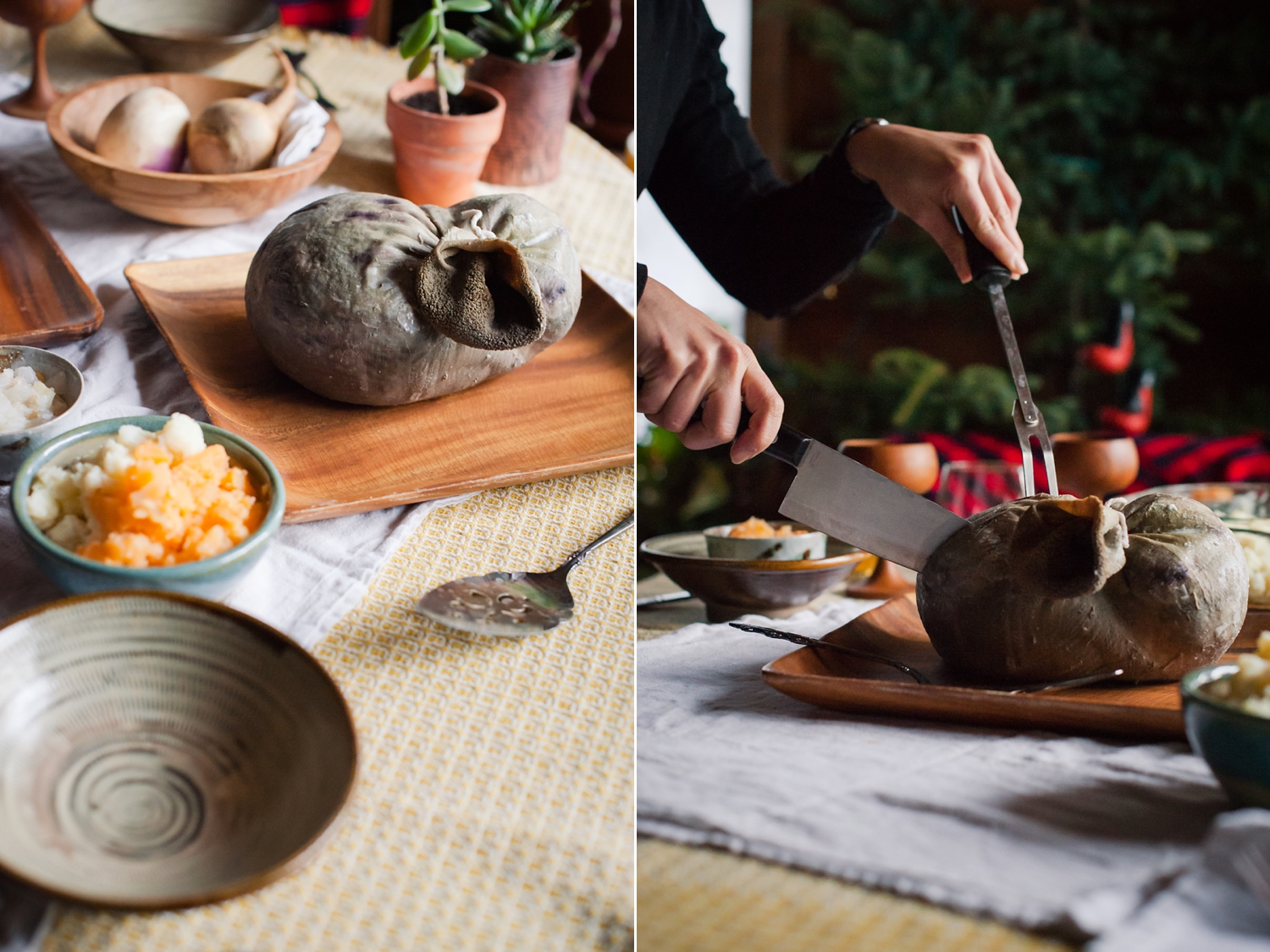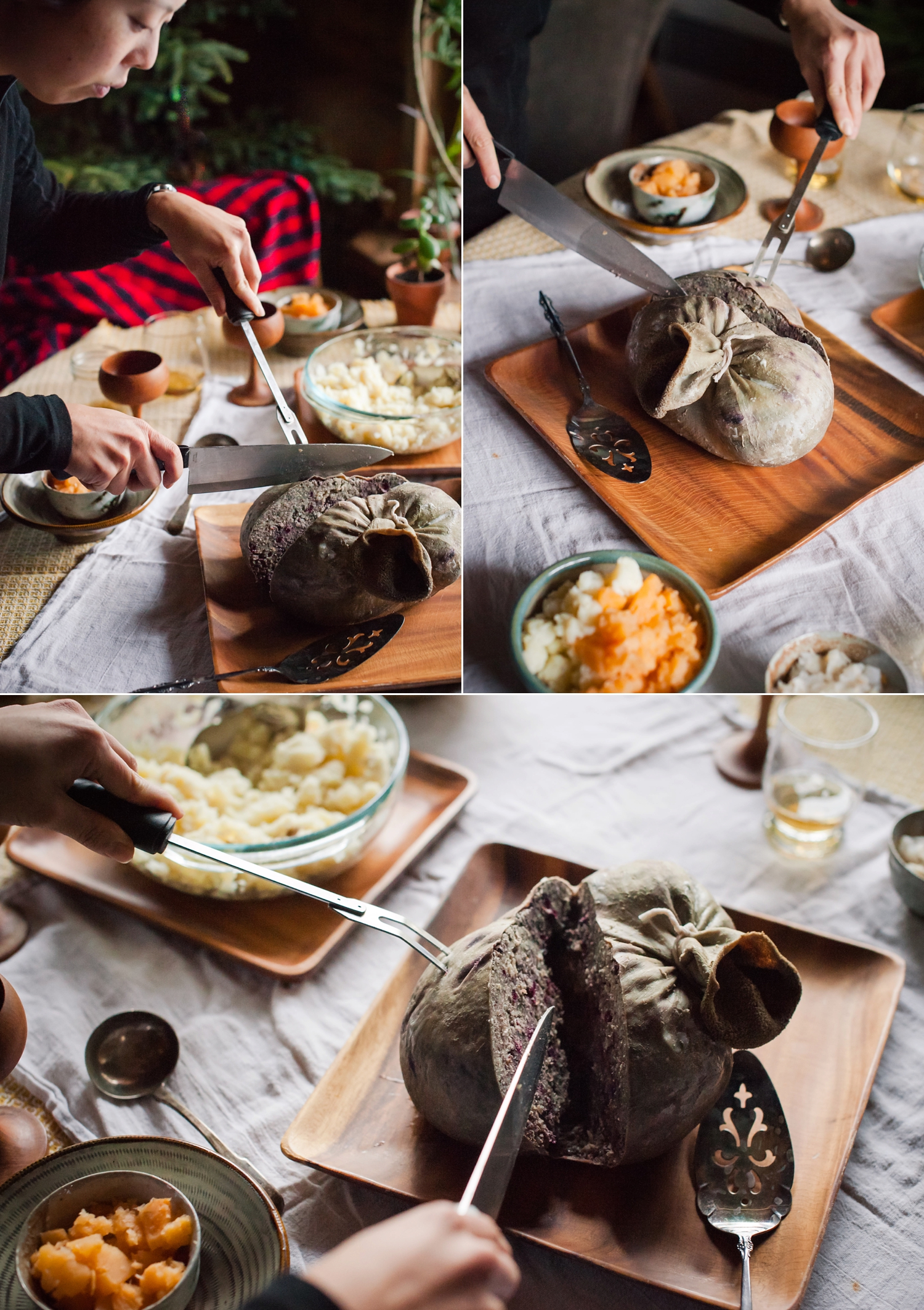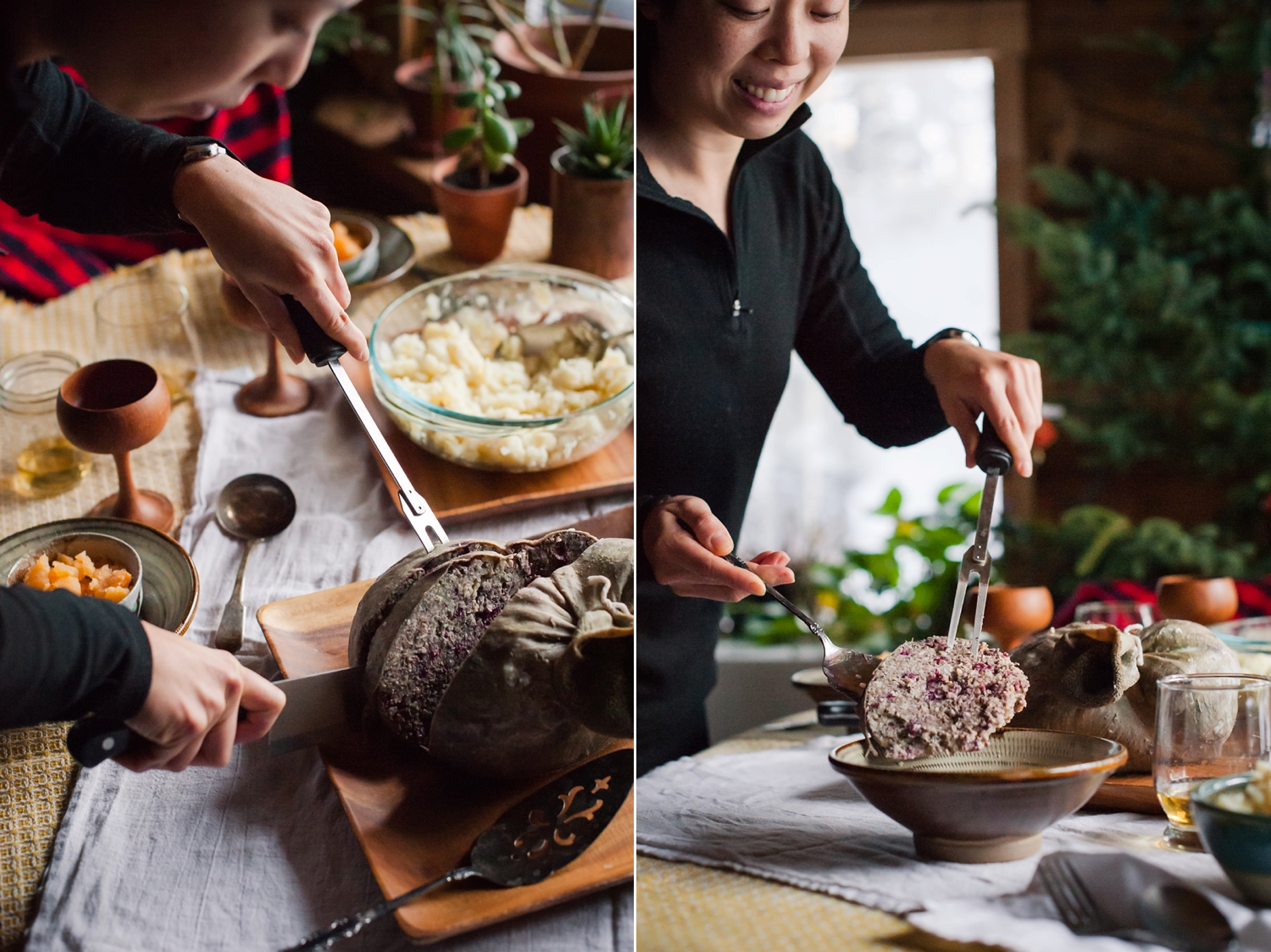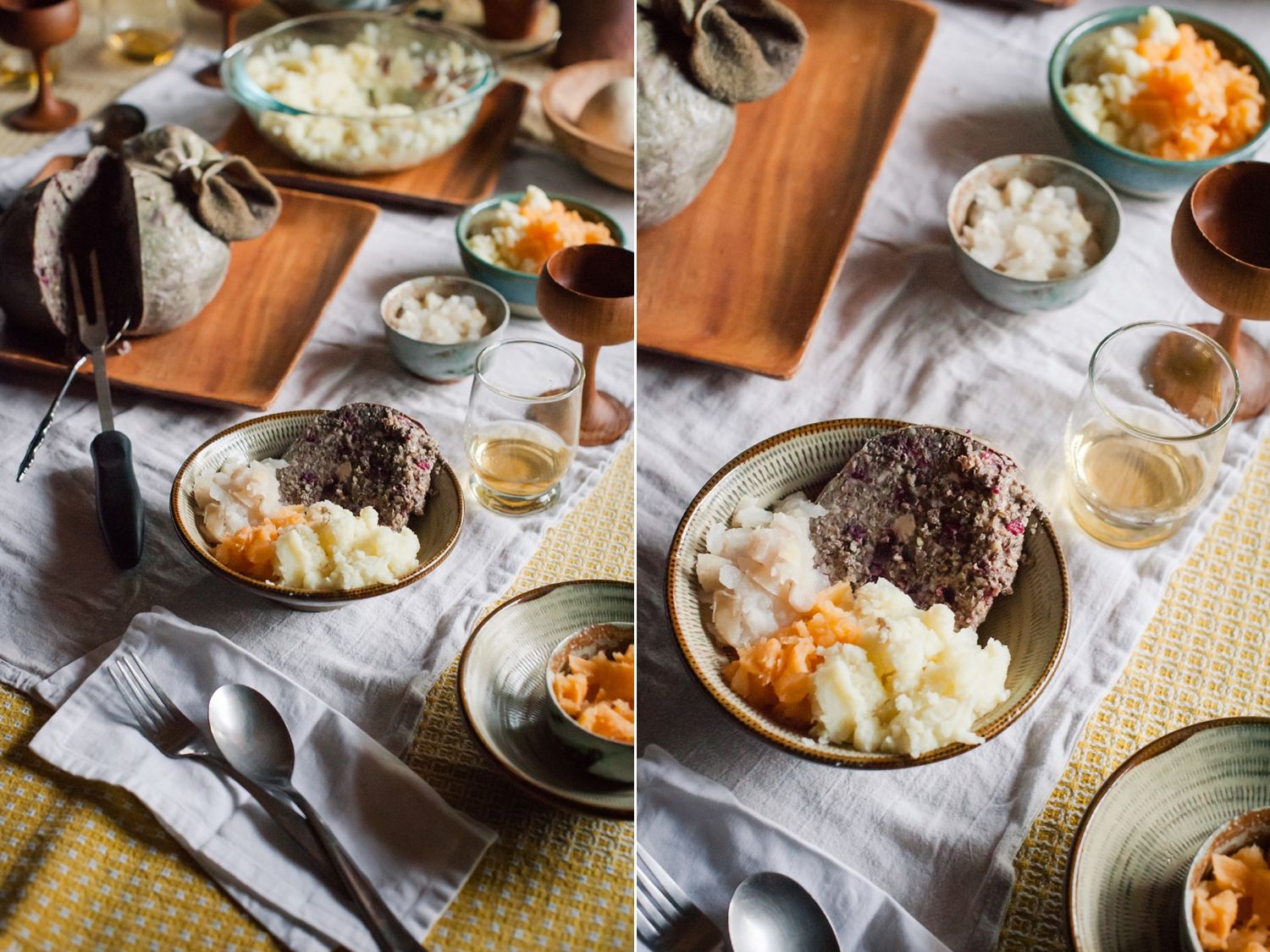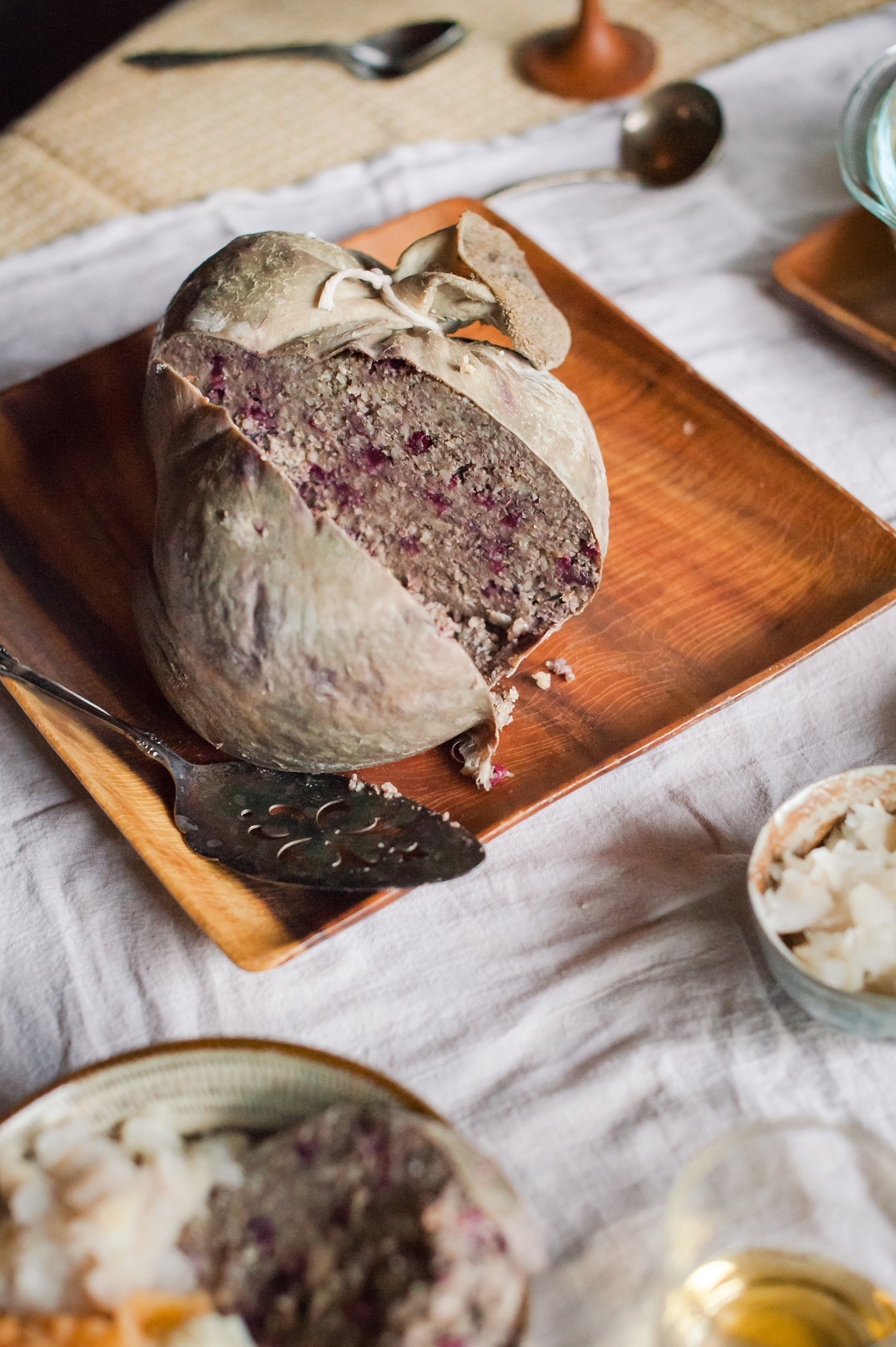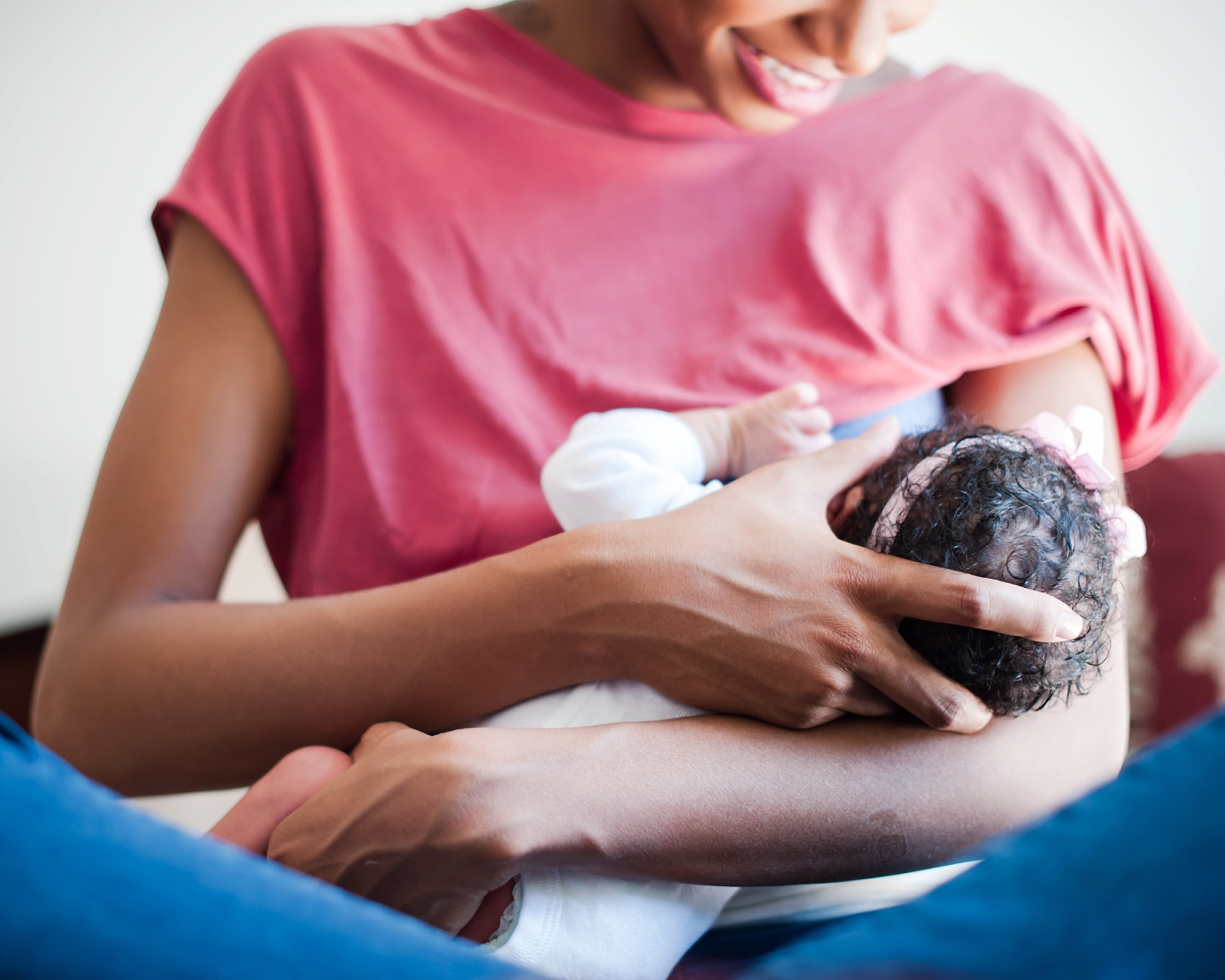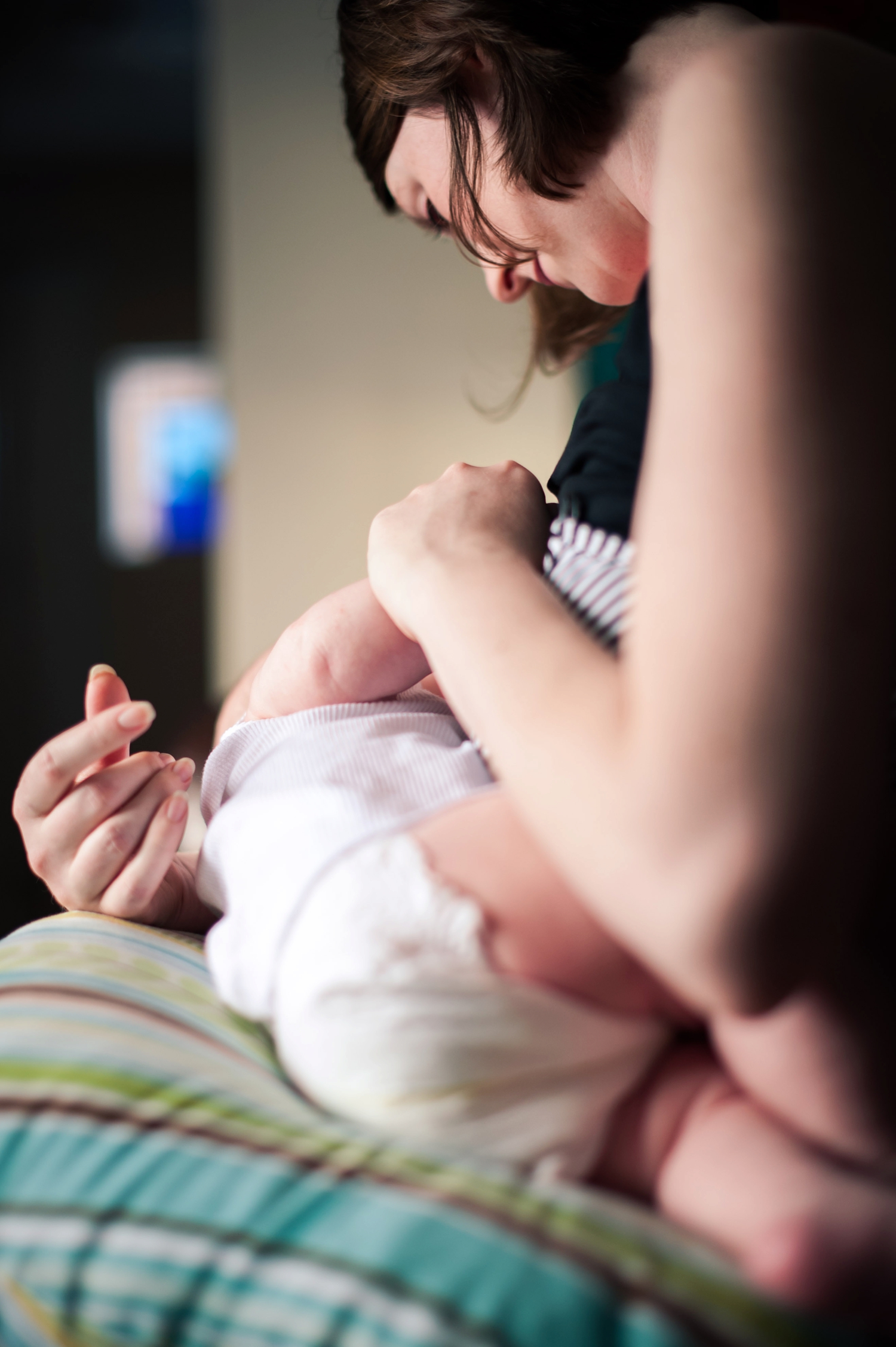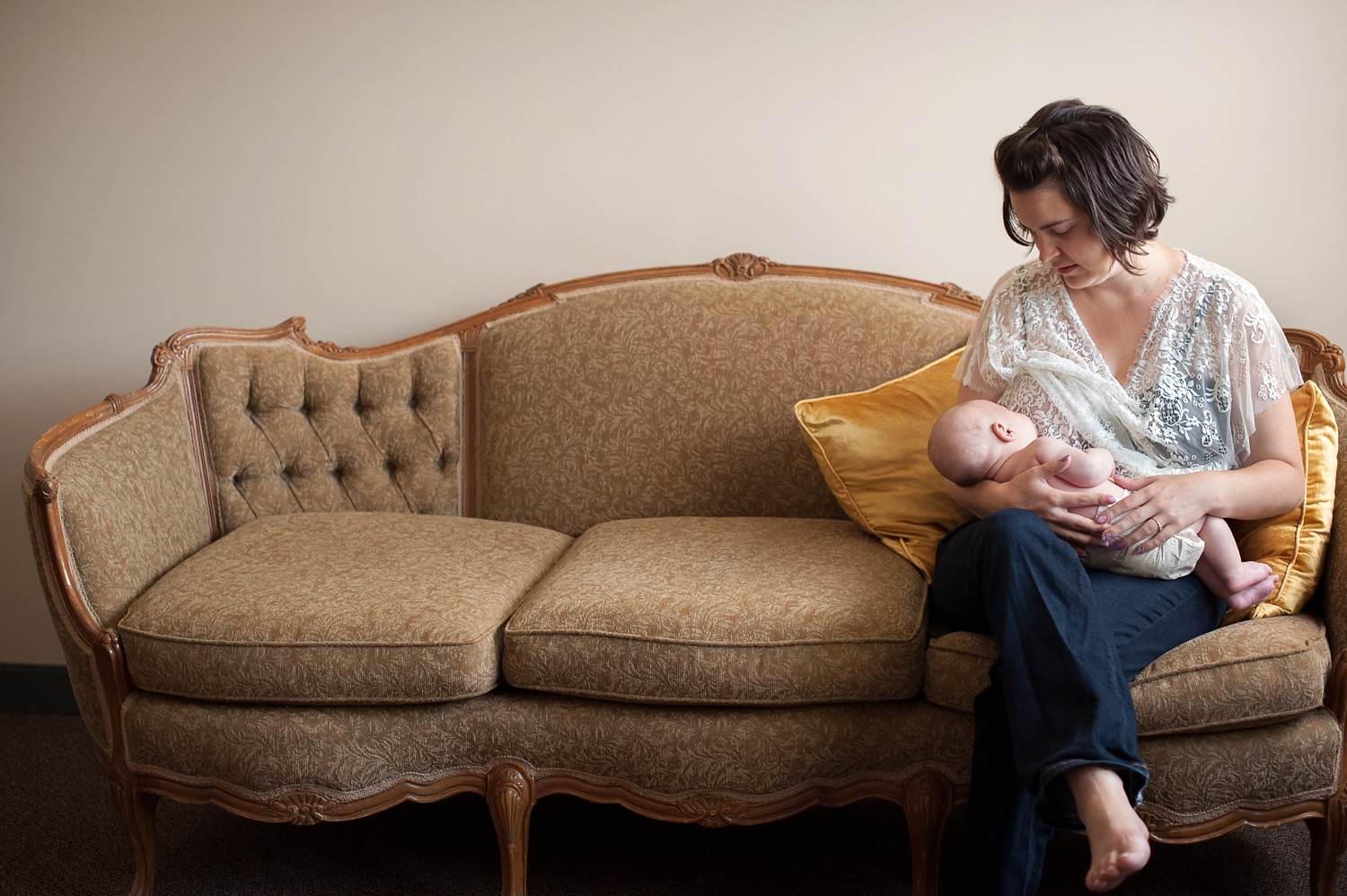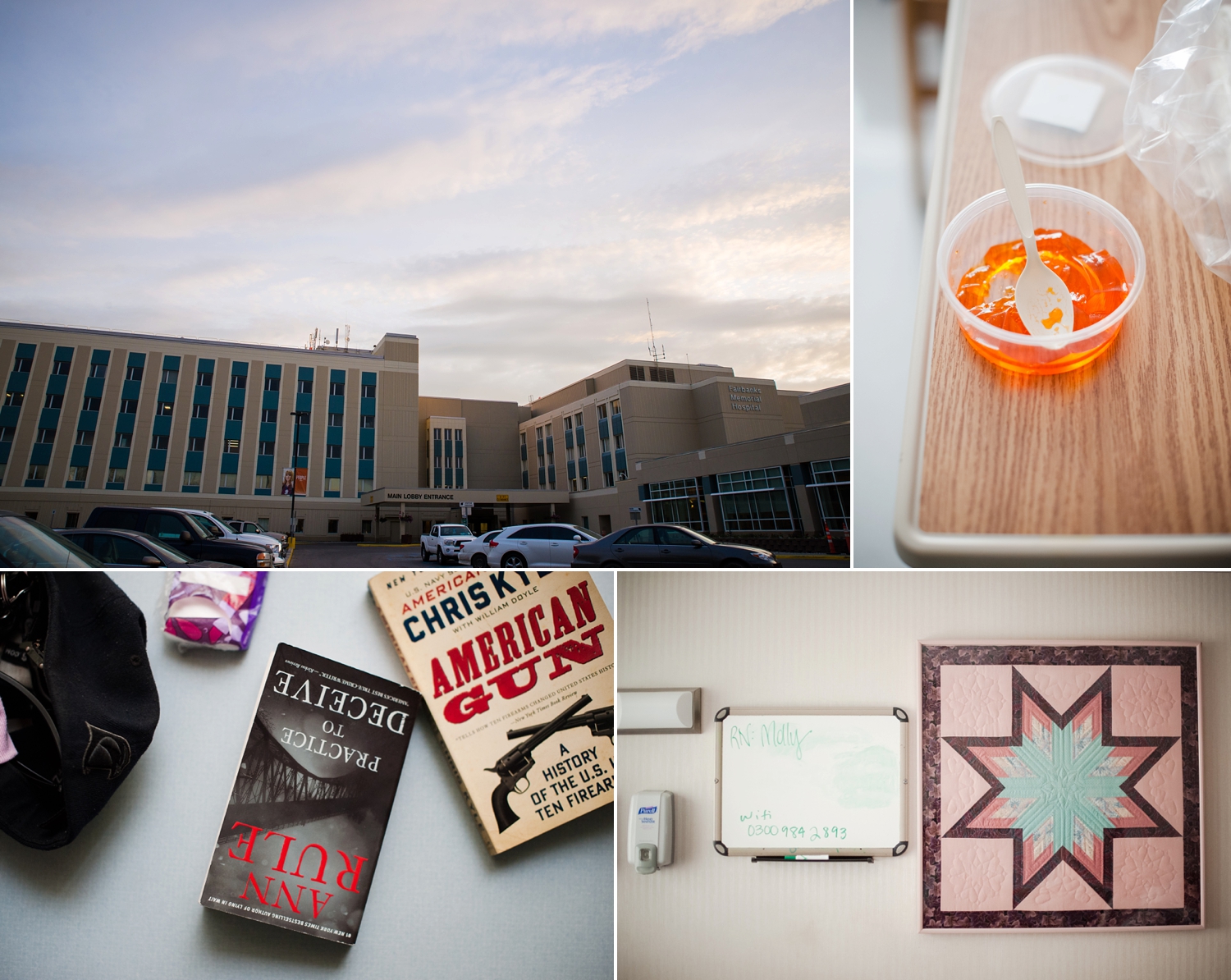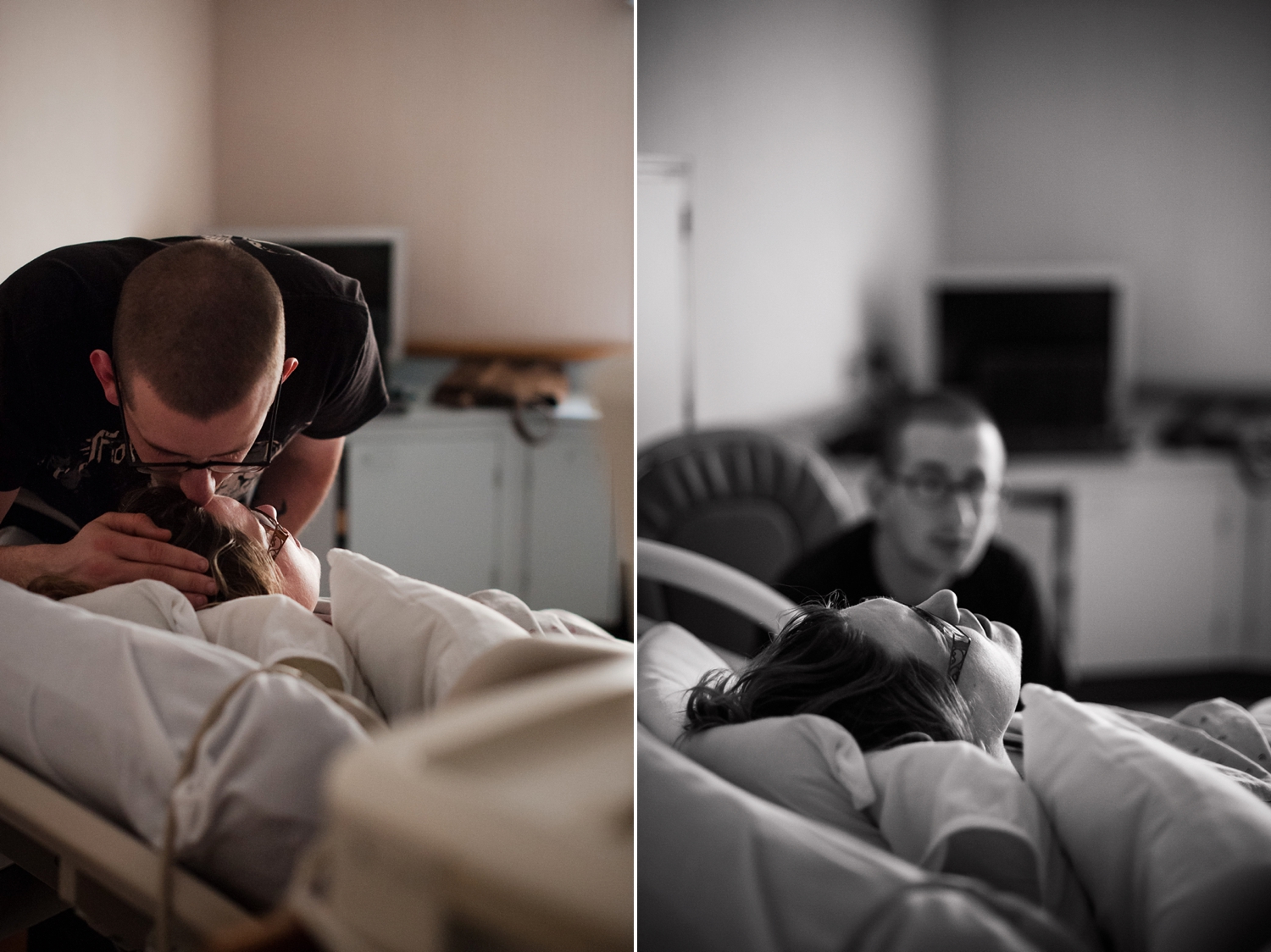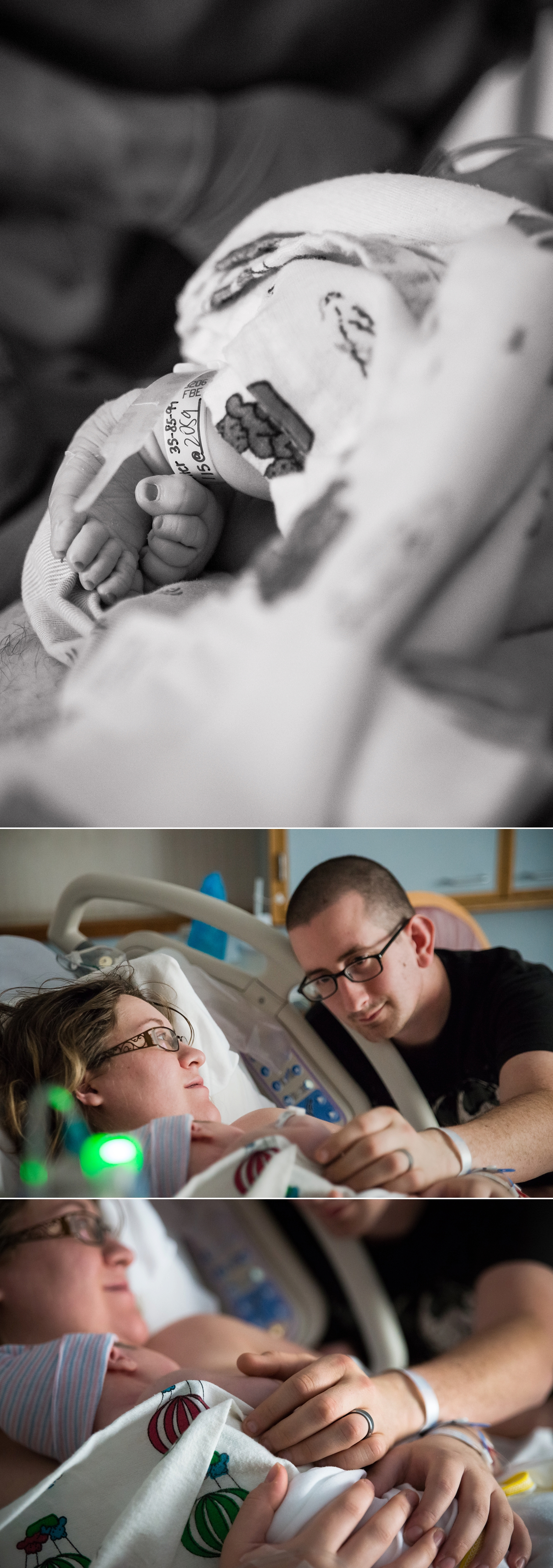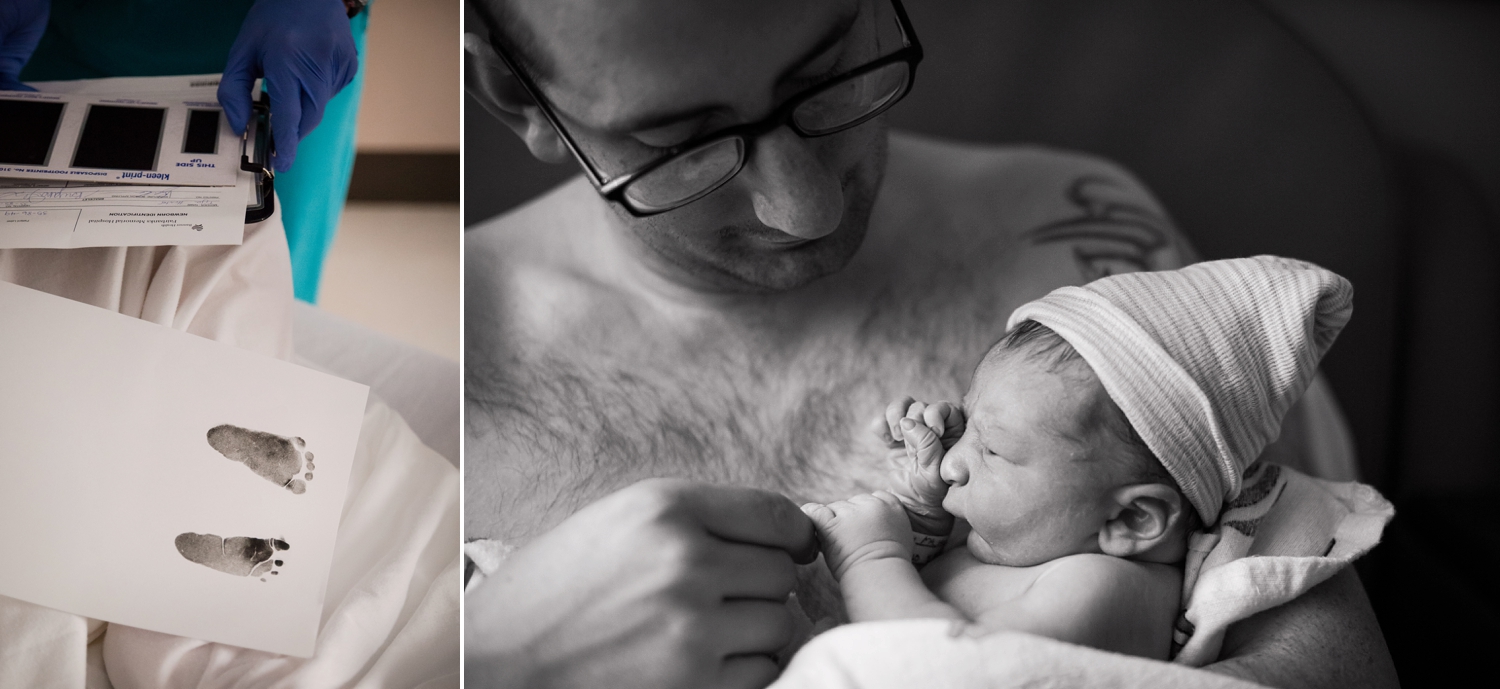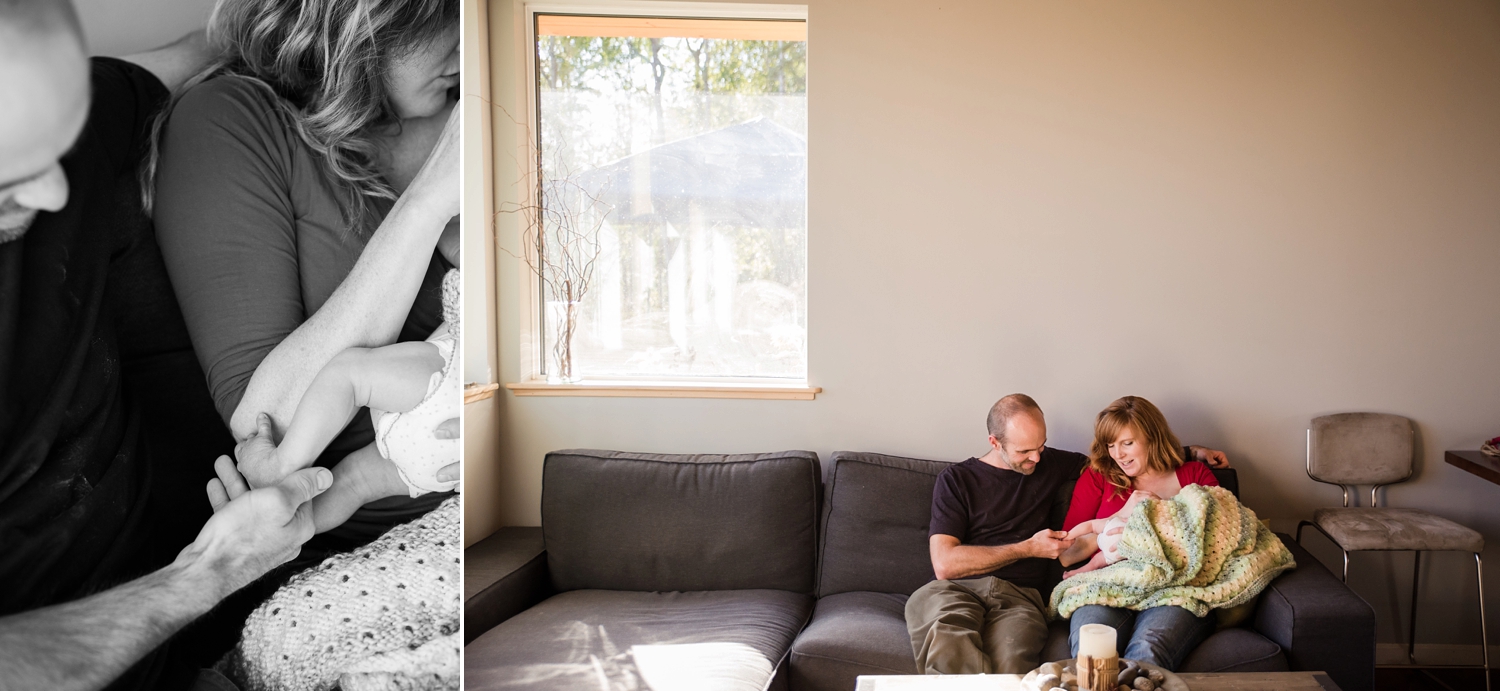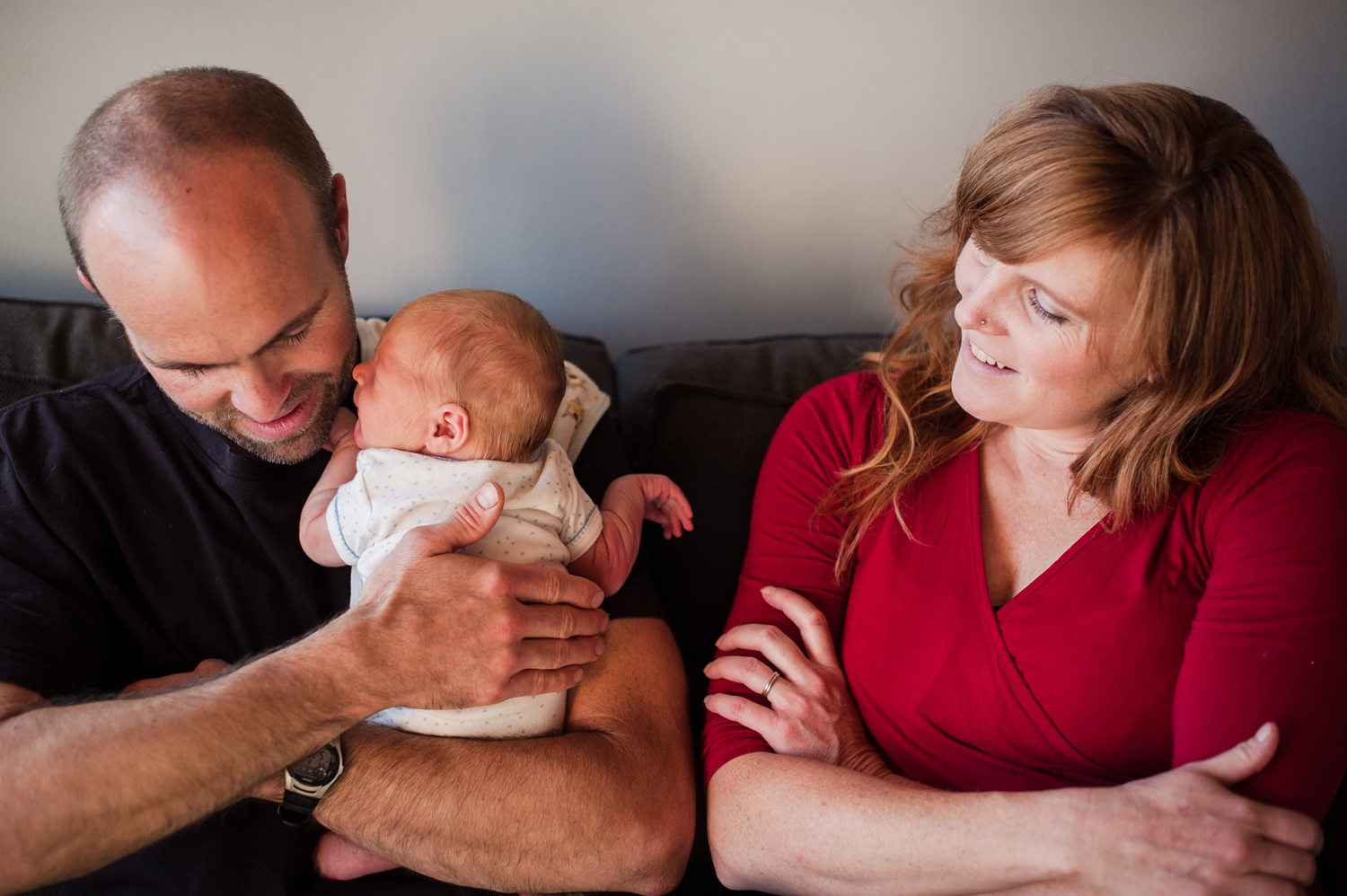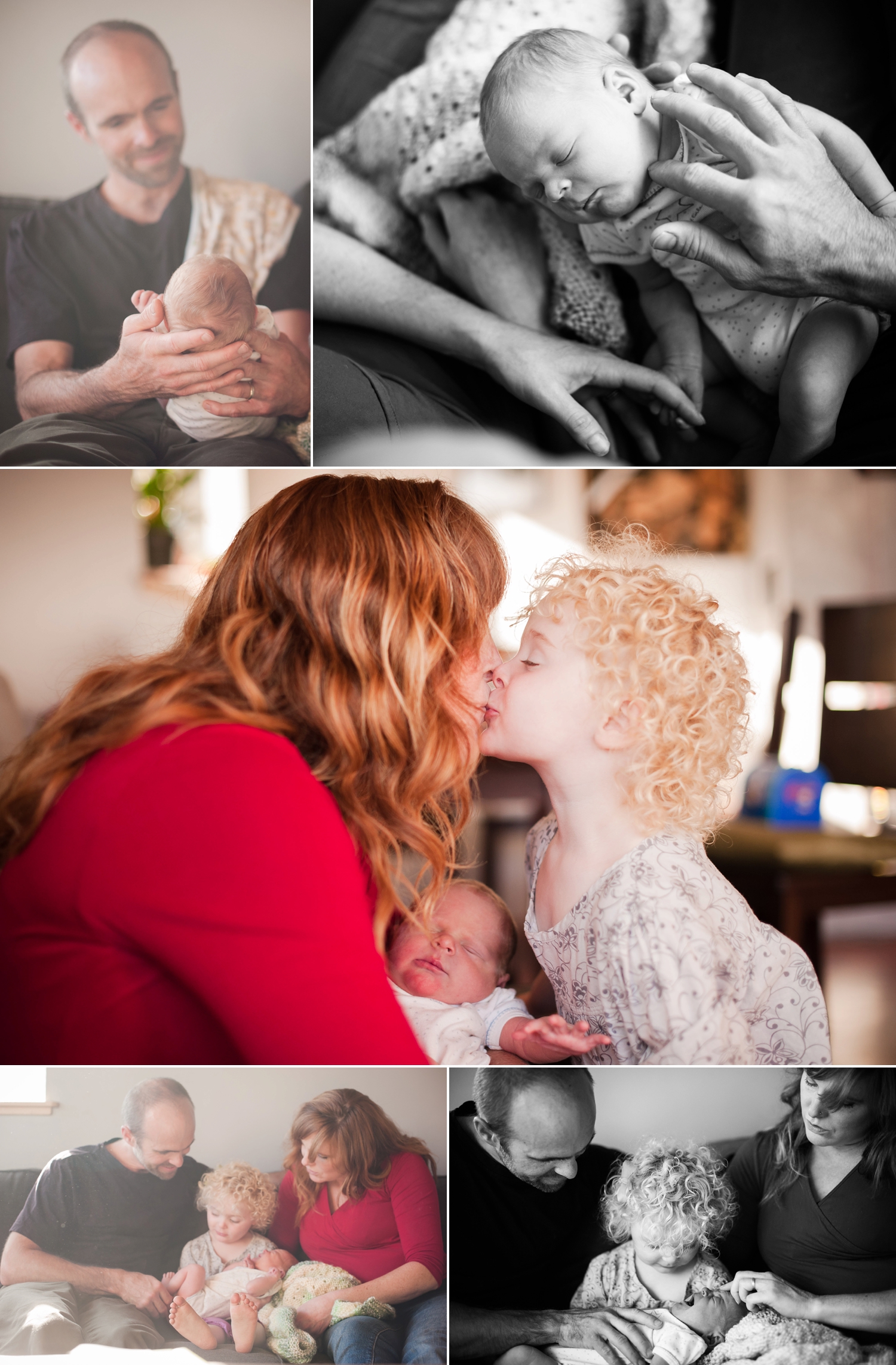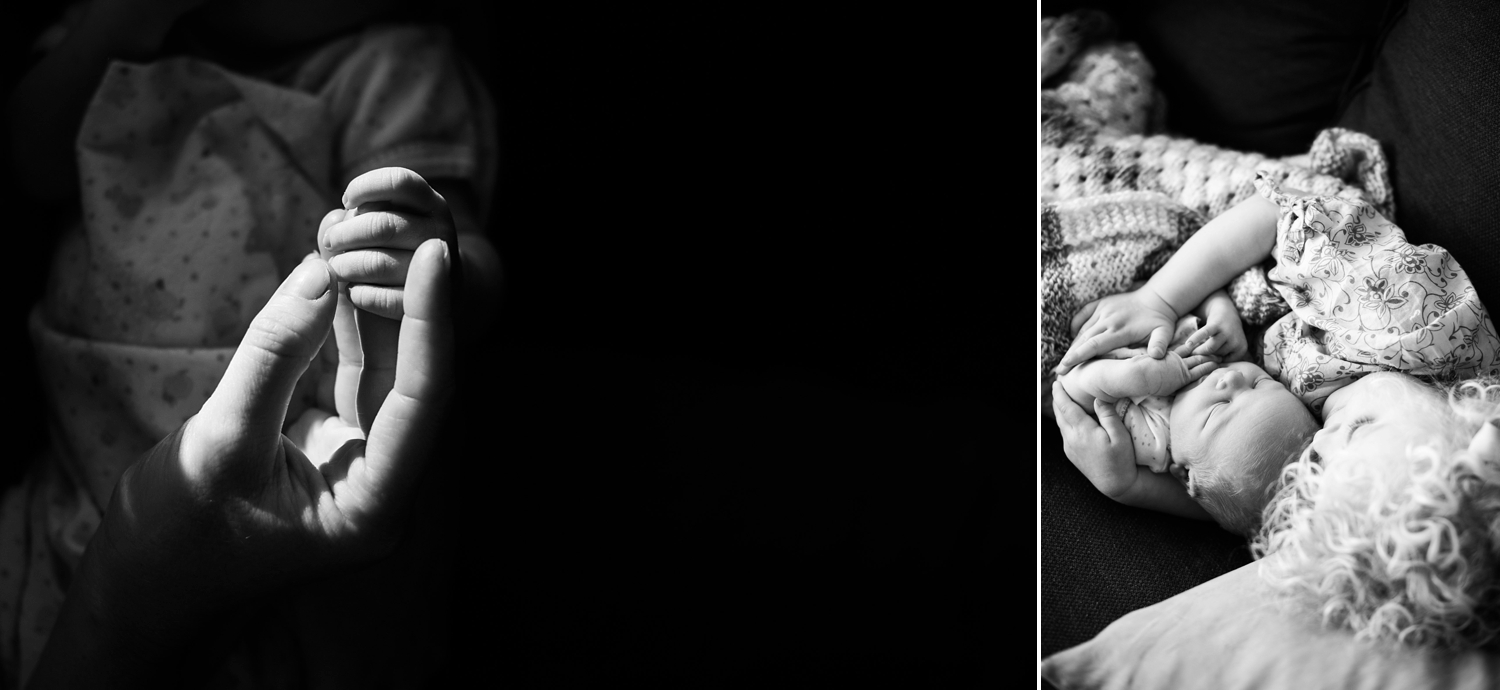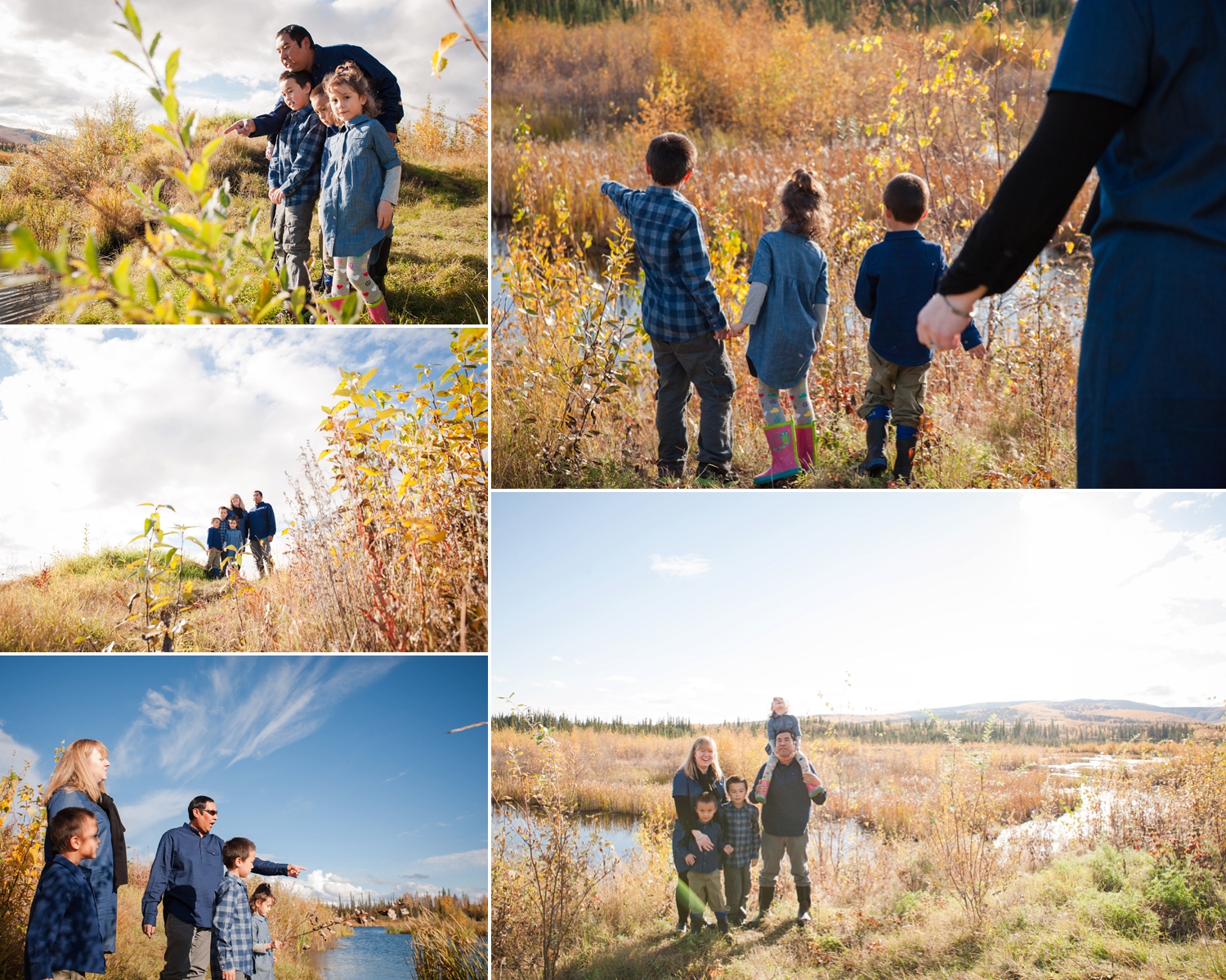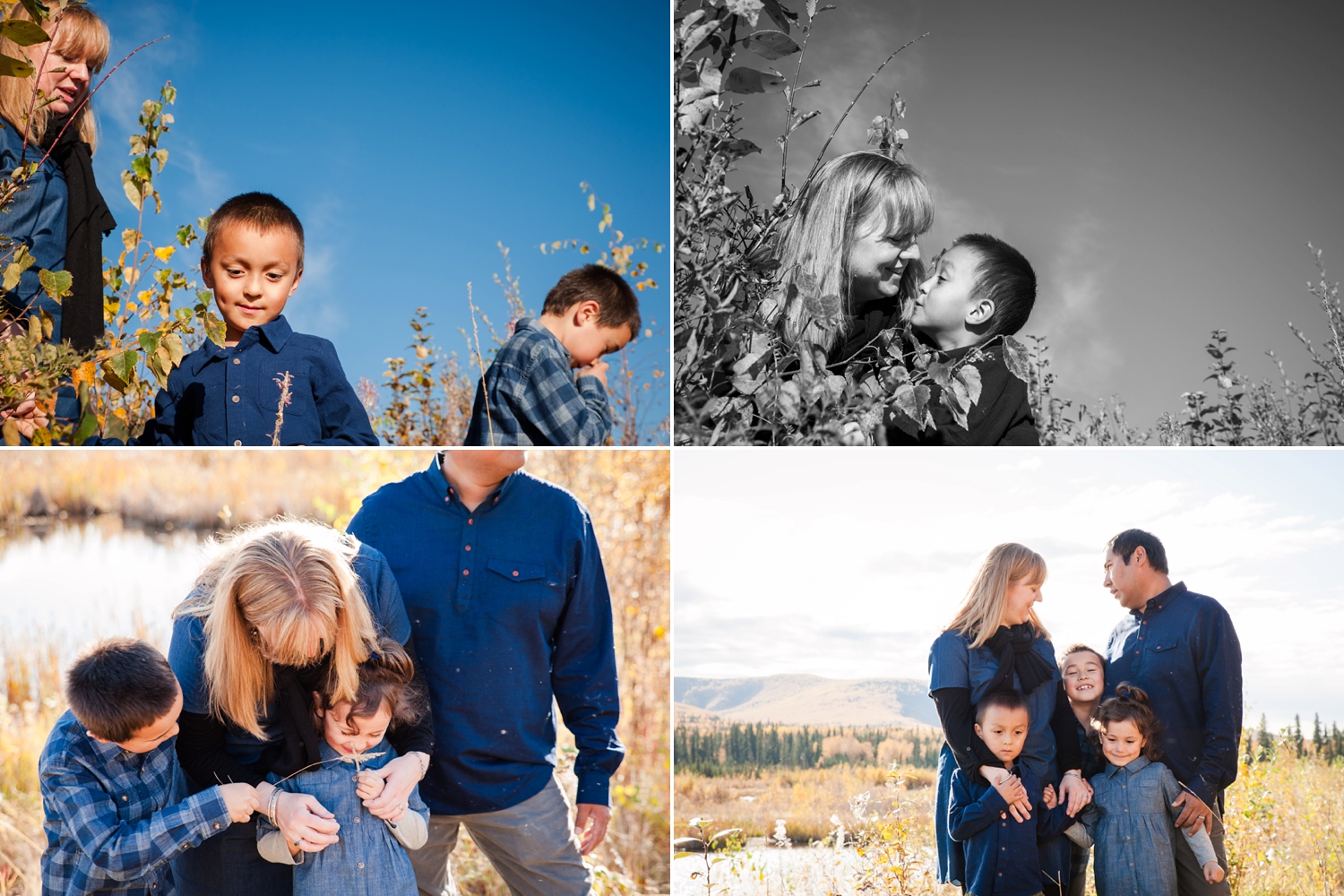A few months ago I was introduced to Jennifer Nu when she needed someone to photograph her haggis for an Edible Alaska article. (I'm aware of how wonderfully absurd that sounds. I love Fairbanks ... you can't make this stuff up, people.) Initially, I was a little puzzled about what appeared to be the Scottish vibe of her dish, but I almost immediately understood that her pursuit of haggis had almost nothing to do with international cuisine and everything to do with a grounded passion for a truly farm-to-table plate. I soon realized that her Alaskan haggis (haggieses? Is there plural form, or is it like "moose"?...) were elevating the noble pursuit of knowing where your food comes from (and using every part of an animal possible) to a whole new level.
Jennifer's thoughts on Alaskan haggis - and her recipe - are featured in the current Spring 2017 issue of Edible Alaska, and there's even more on the Edible website here. I highly recommend you grab a copy - it's a publication absolutely filled to the brim with wonderful stuff.
As a continuation of our collaboration, Jennifer and I wanted to put something up on my little blog here, as well! Here are a few more of my favorite images, along with some more thoughts by Jennifer. All non-italicized text that follows is authored by Jennifer Nu. You can contact Jennifer at jennu.jnu@gmail.com.
-sarah
_______
When I first moved to Fairbanks, I quickly found myself blessed with many opportunities to purchase food directly from the people who dedicated their time and energy in producing it. As a home chef, it was a delight to engage in an endless exploration and experimentation with processing, preserving, and cooking local foods in old and new ways. While gardening, foraging, and cooking vegetables are all familiar, the nitty-gritty of harvesting and processing meat was a totally new adventure. I was excited at the prospect of access to wild game such as moose and caribou, and also locally-raised farm animals, like lambs and chickens.
With so many options, I quickly realized how little I knew. I had so many questions: How was the animal raised? What did it eat? Did it have a good life? How does it taste?
Once these questions were answered satisfactorily, the questions became more practical: What parts of the animal are edible? What can be used? How does one be respectful to an animal that gives up its life?
My first winter, I eagerly purchased a whole lamb from Frigid Farm, a wonderful family farm run by Megan and Andrew Hamelin, a talented, super-hardworking couple in Two Rivers. After purchasing the live lamb, I took it to my friends who helped me butcher it. At first I was just interested in the meat, but because I had purchased the whole animal who had given up its life, I really wanted to make an effort to honor its sacrifice by using as much of it as possible.
When my friend took out the stomach and organs, it occurred to me that there was a traditional Scottish dish that could be made with these valuable pieces: haggis.
It’s one thing hearing about an exotic dish and wanting to make it. It’s another to actually go out and make it. Figuring out how to make haggis has been a scavenger hunt of sorts. A gastronomic adventure that began with a series of questions, followed by a flurry of research using books from the local library and whatever information I could find in blog posts, recipes, videos, and conversations. One question soon led to another. How do I prep the stomach? Do I include kidneys? Why doesn’t that guy include the kidneys? Do I use the whole liver? or just half the liver? What kind of spices? Are spices like pepper even traditional to Scottish dishes? Garlic or no garlic? Do I add spices when boiling the pluck or not? How many times should I change the saltwater vinegar brine solution for the stomach? Do I even have salt? Oh no, I need to go and get salt.
This experience has inspired me to learn more about eating those odd bits, the unspeakable parts, the just-as-essential pieces of the animal. Ultimately, this means getting to know it from the beginning to the end, and from the inside out. In the process, I’ve developed a deep appreciation for people all over the world who have perfected this art over the generations, and I look forward to continuing old traditions while at the same time creating new ones.
Jennifer also shared just a few of the things she's learned about offal:
All together, the lungs, kidneys, heart, and liver of a lamb weighed just over 2 pounds, plus throw in the rich flavors of the lacy fat that surrounds and protects the stomach, you’re looking at a whopping 700 grams, or 3 pounds of food!
The liver is rich in iron and vitamin A, and D, as well as other easily absorbed minerals and vitamins.
The kidneys are rich in vitamin B12, selenium, iron, copper, phosphorous and zinc.
Lamb organs are gorgeous packets of nutritional goodness packed with minerals such as iron, copper, vitamins A, B complex, folic acid, CoQ10, and much much more.
















